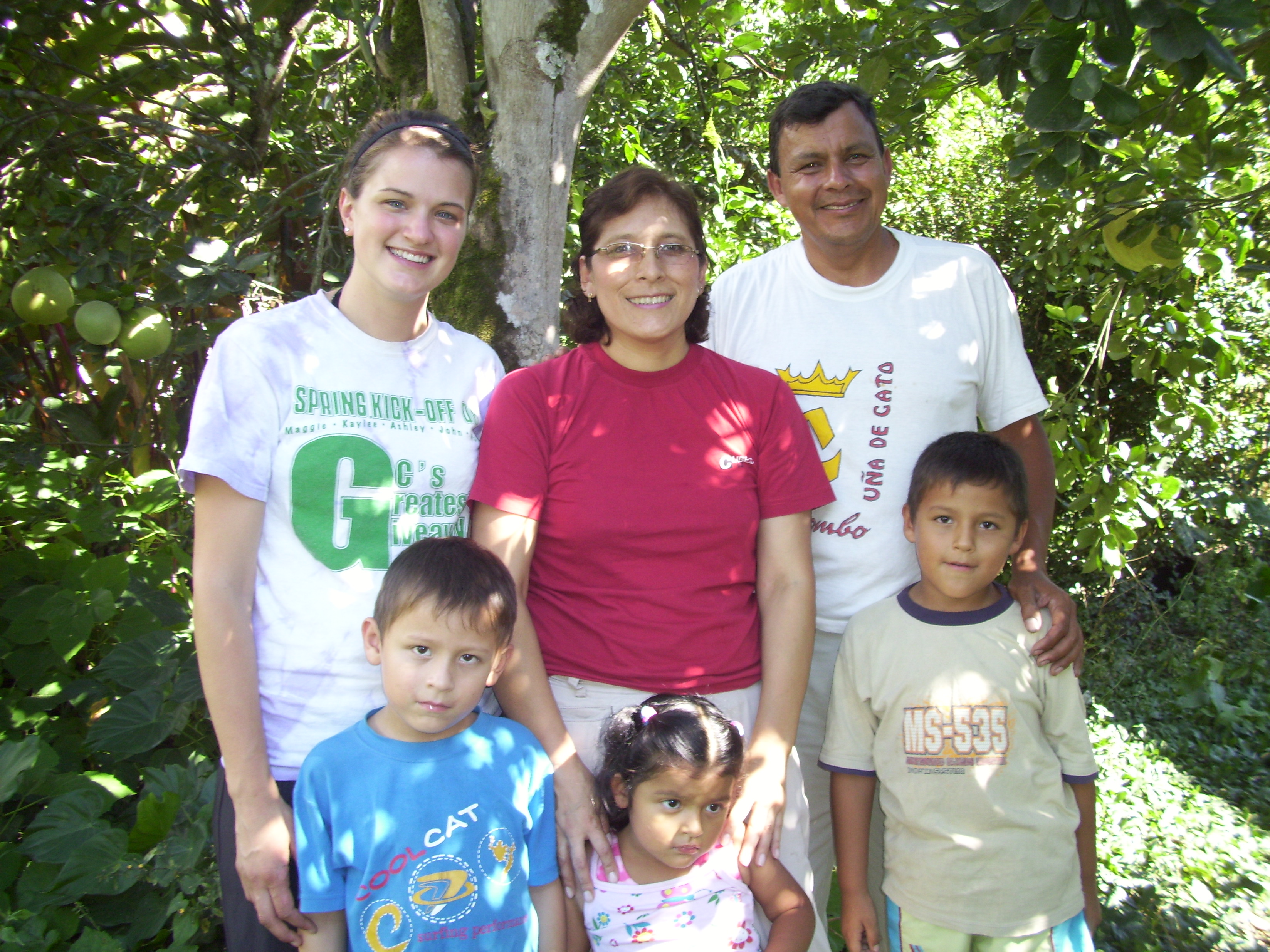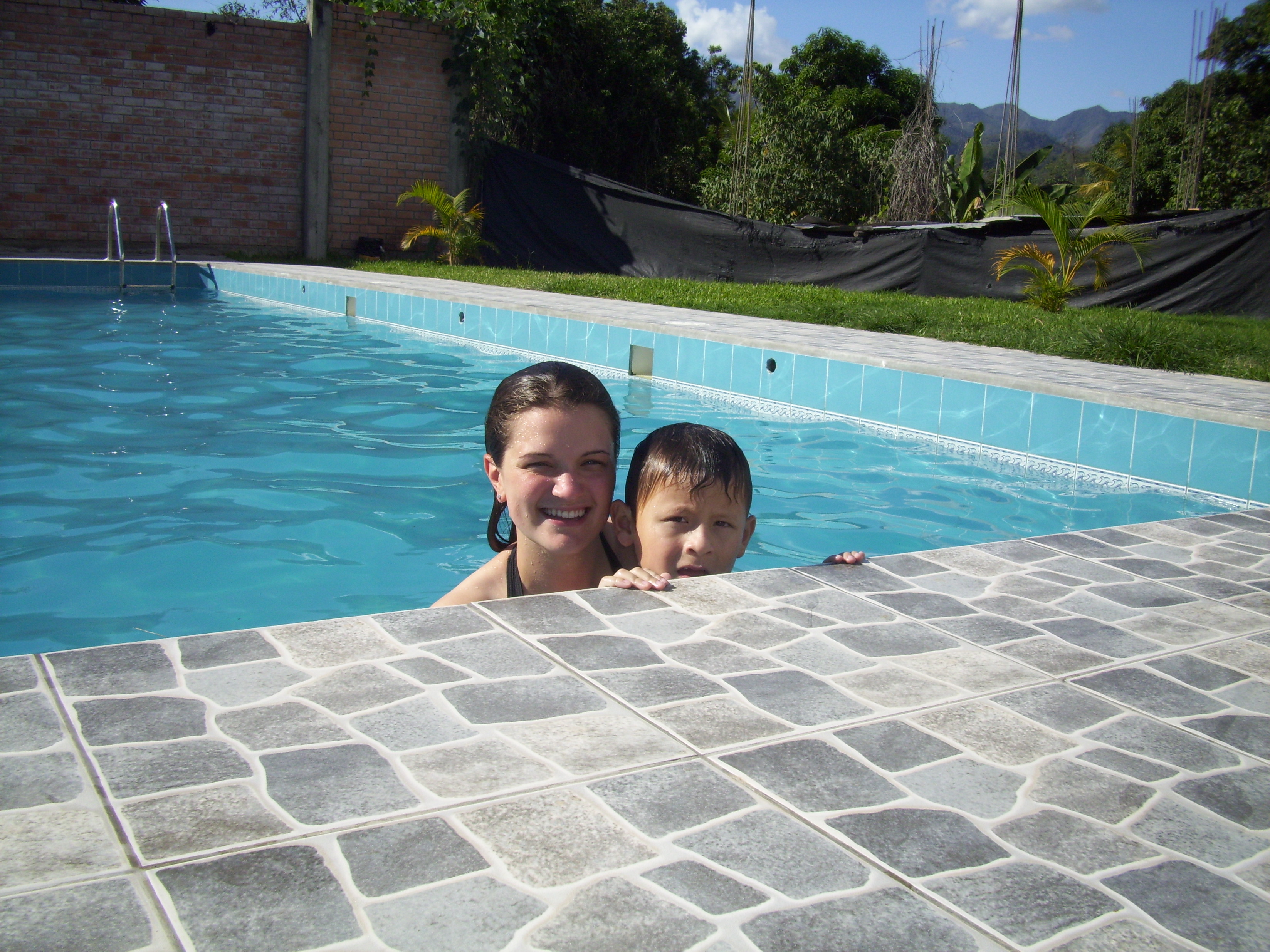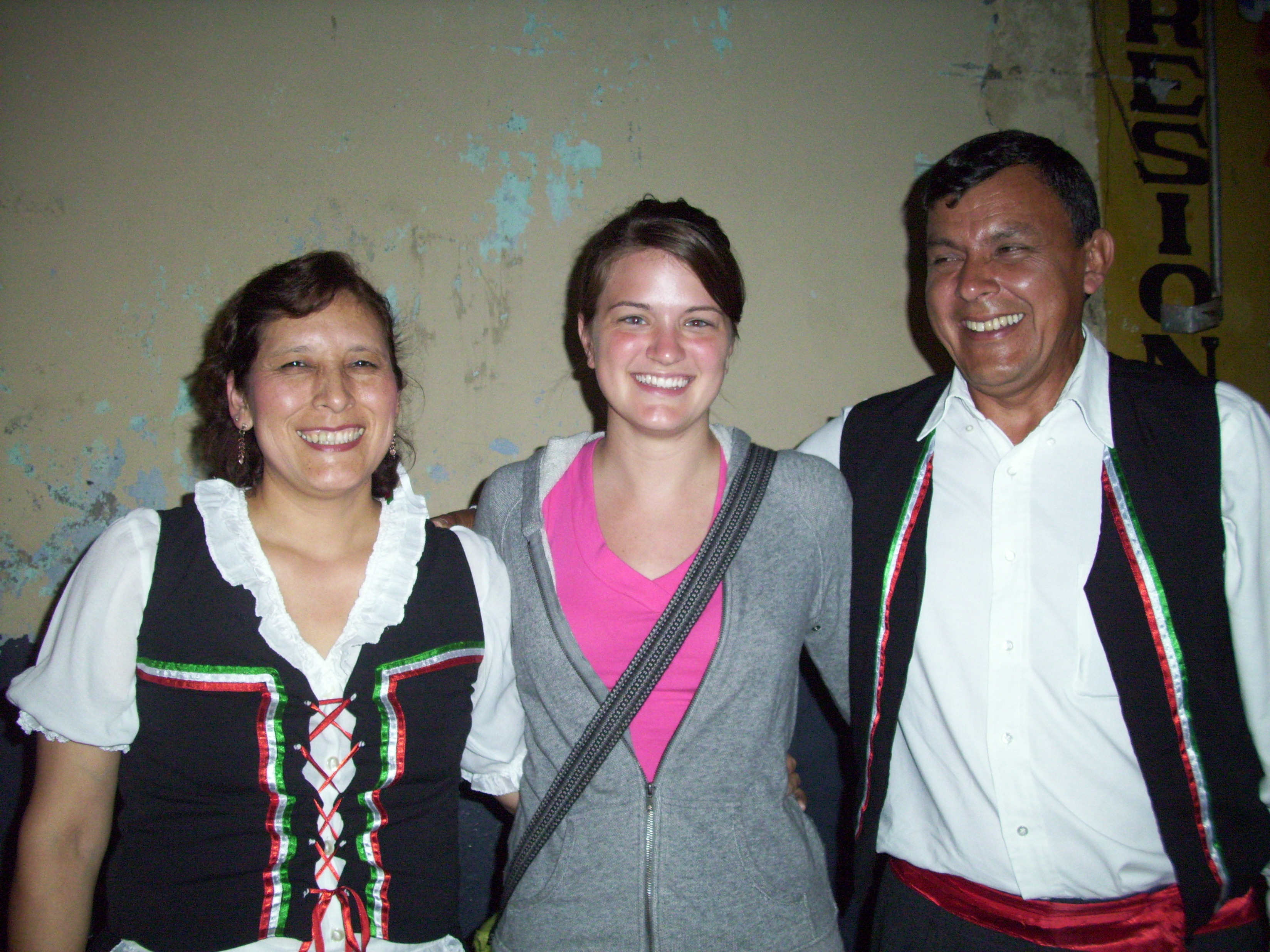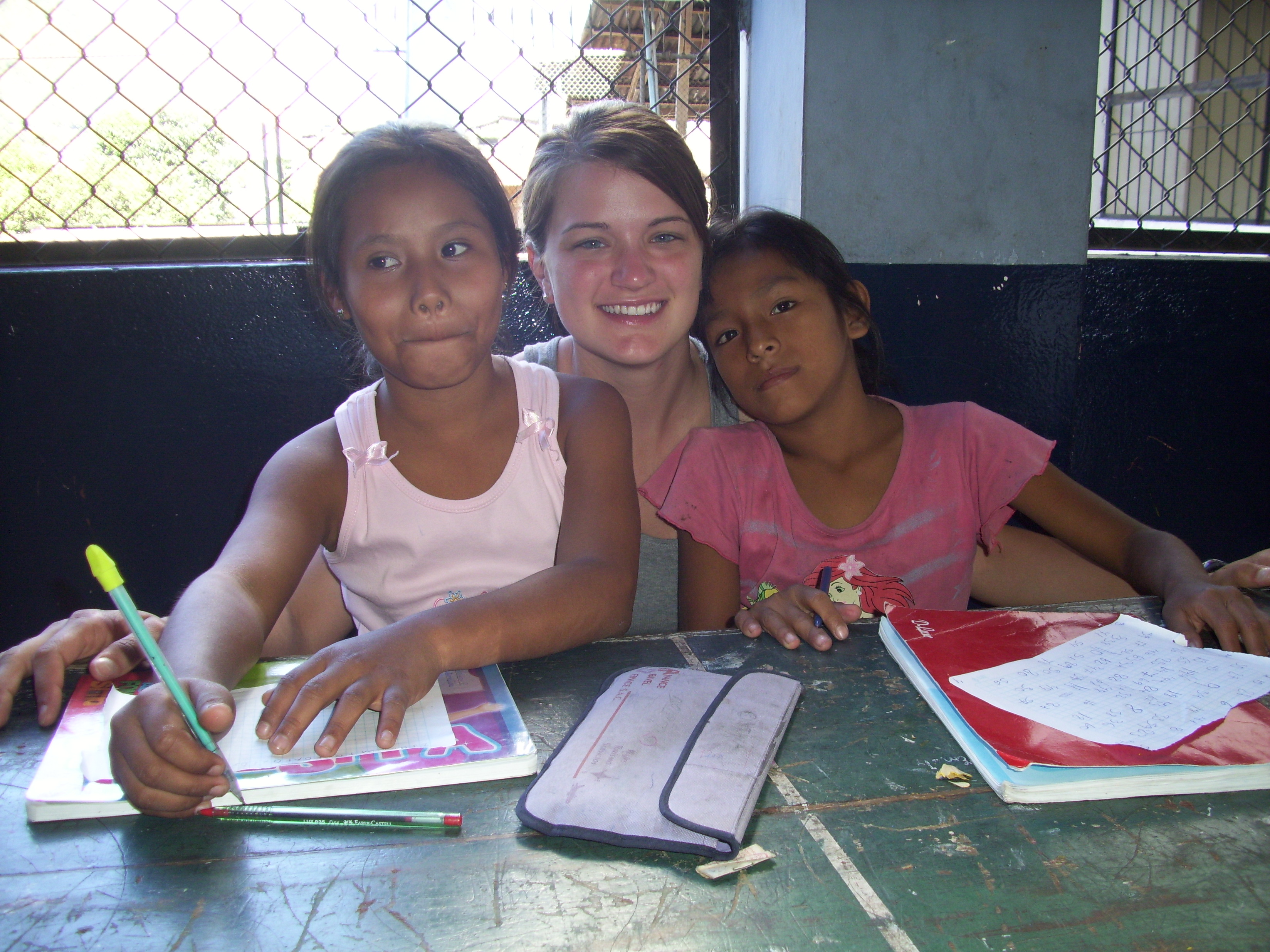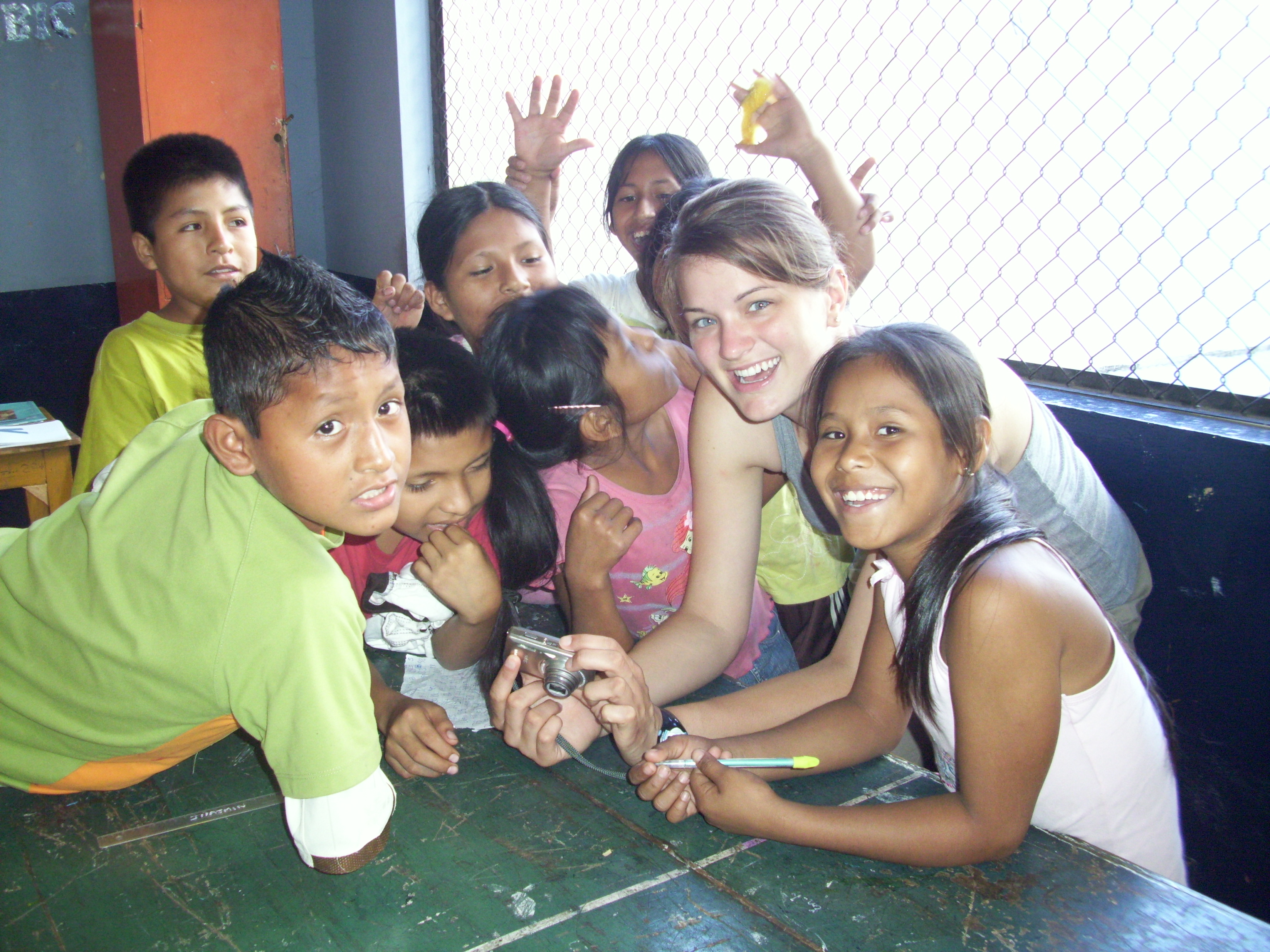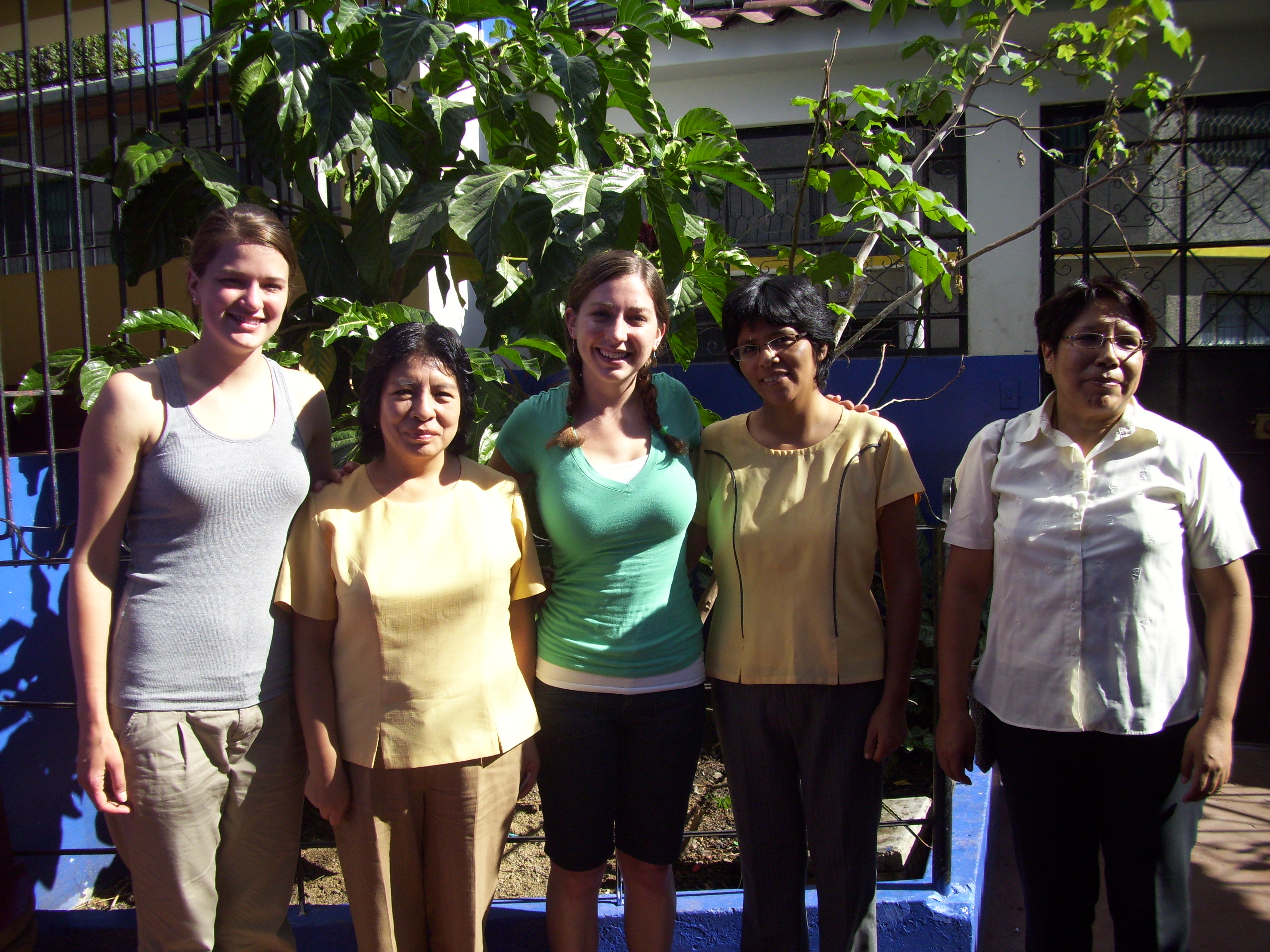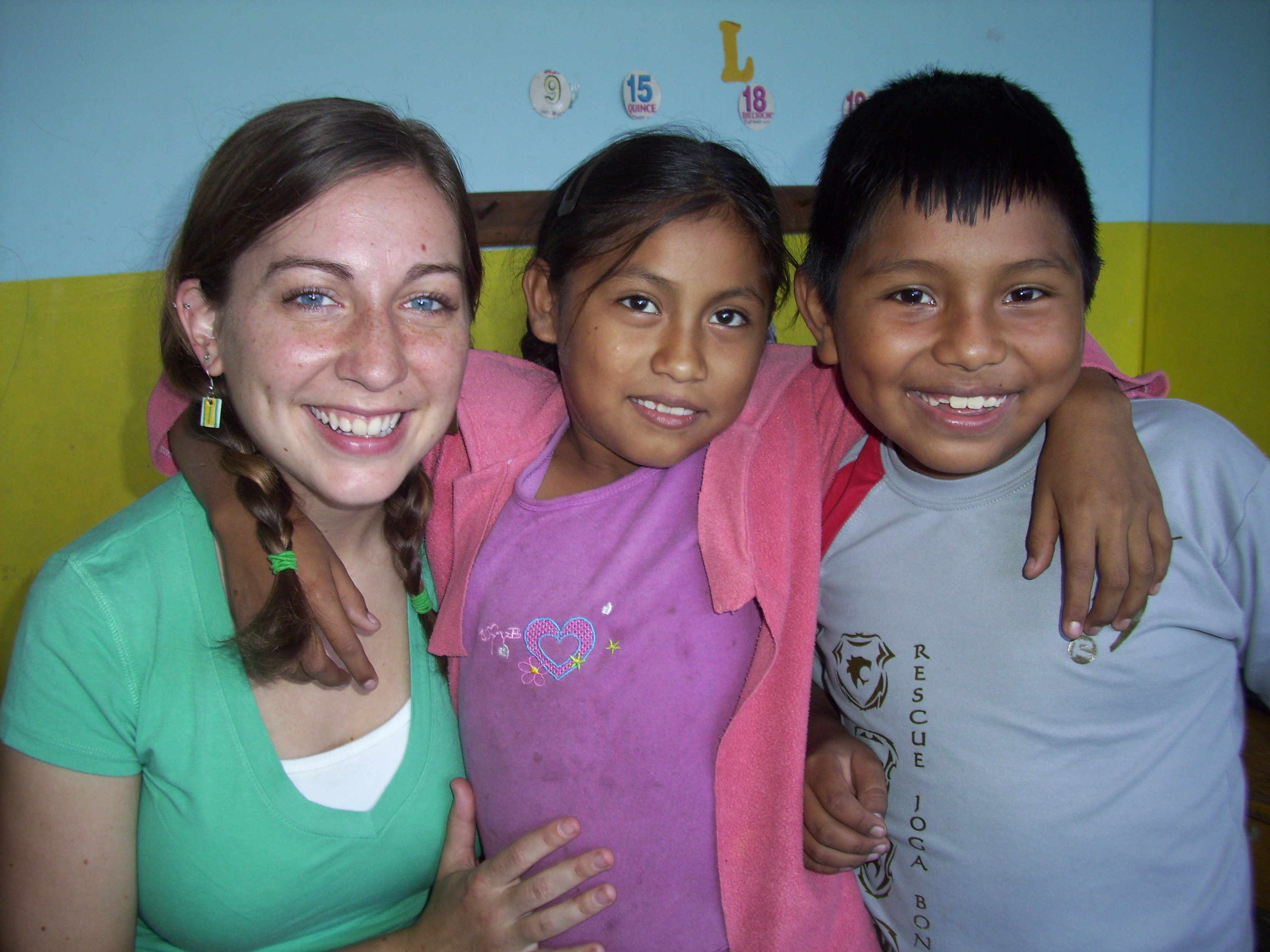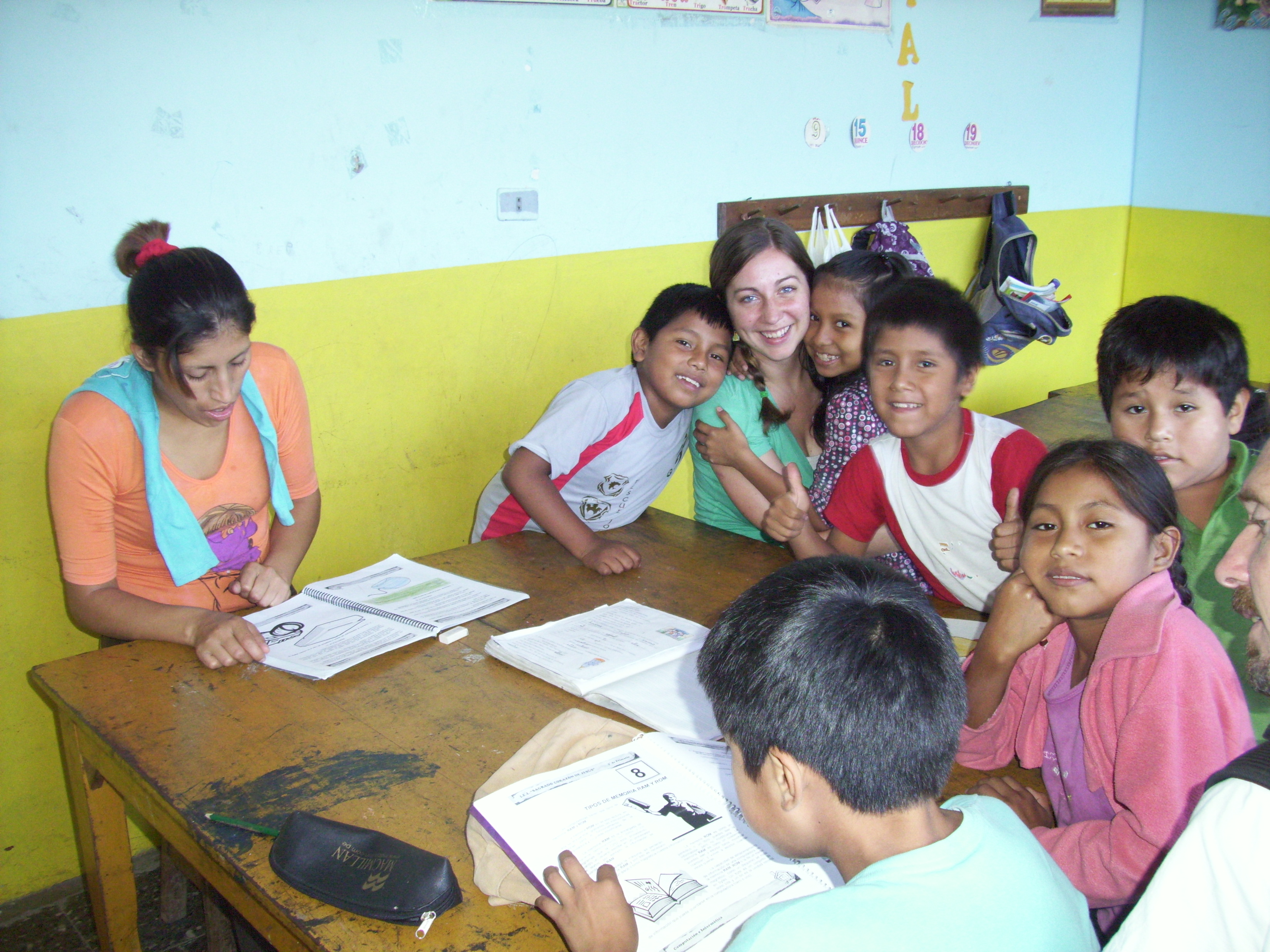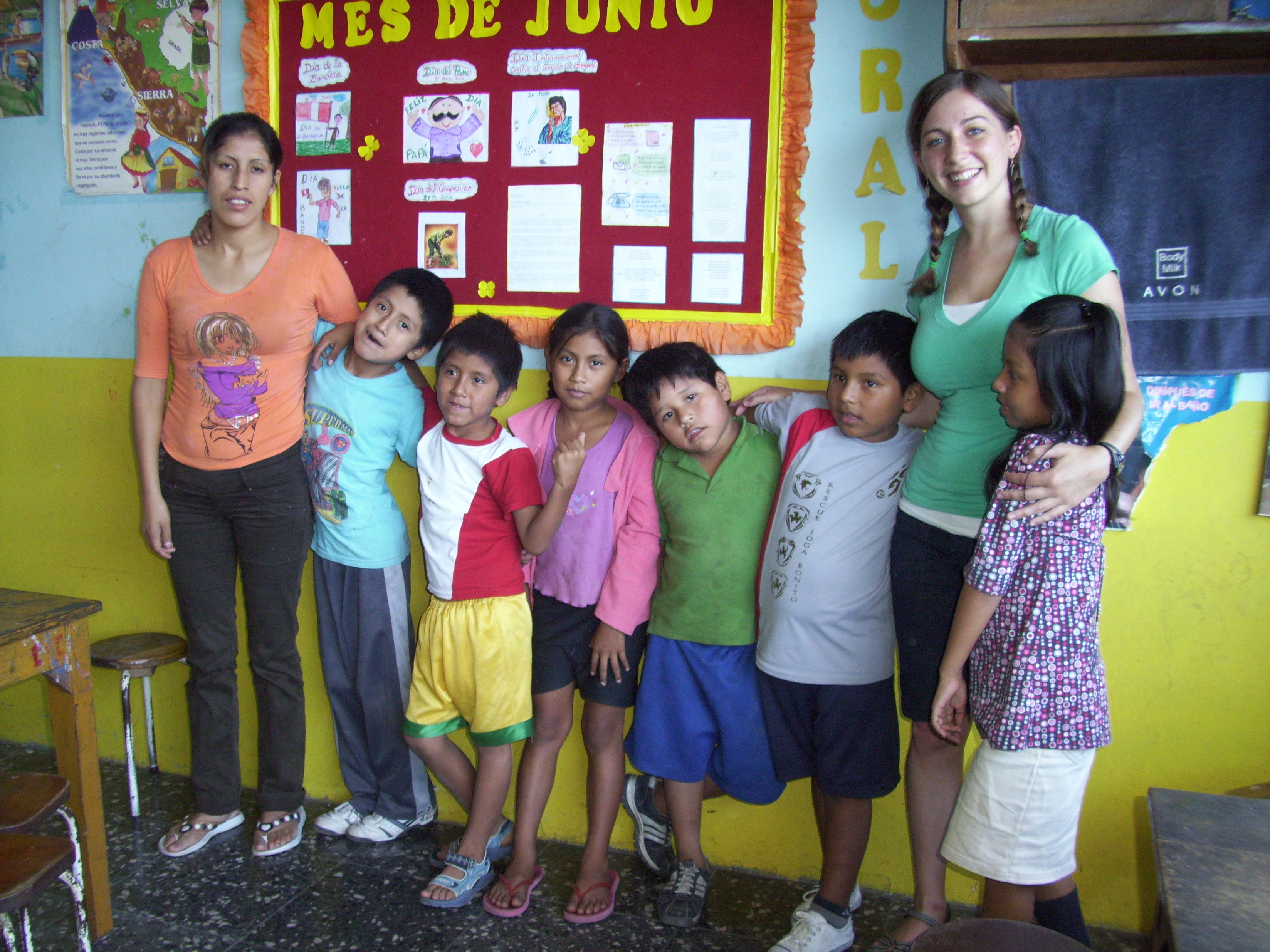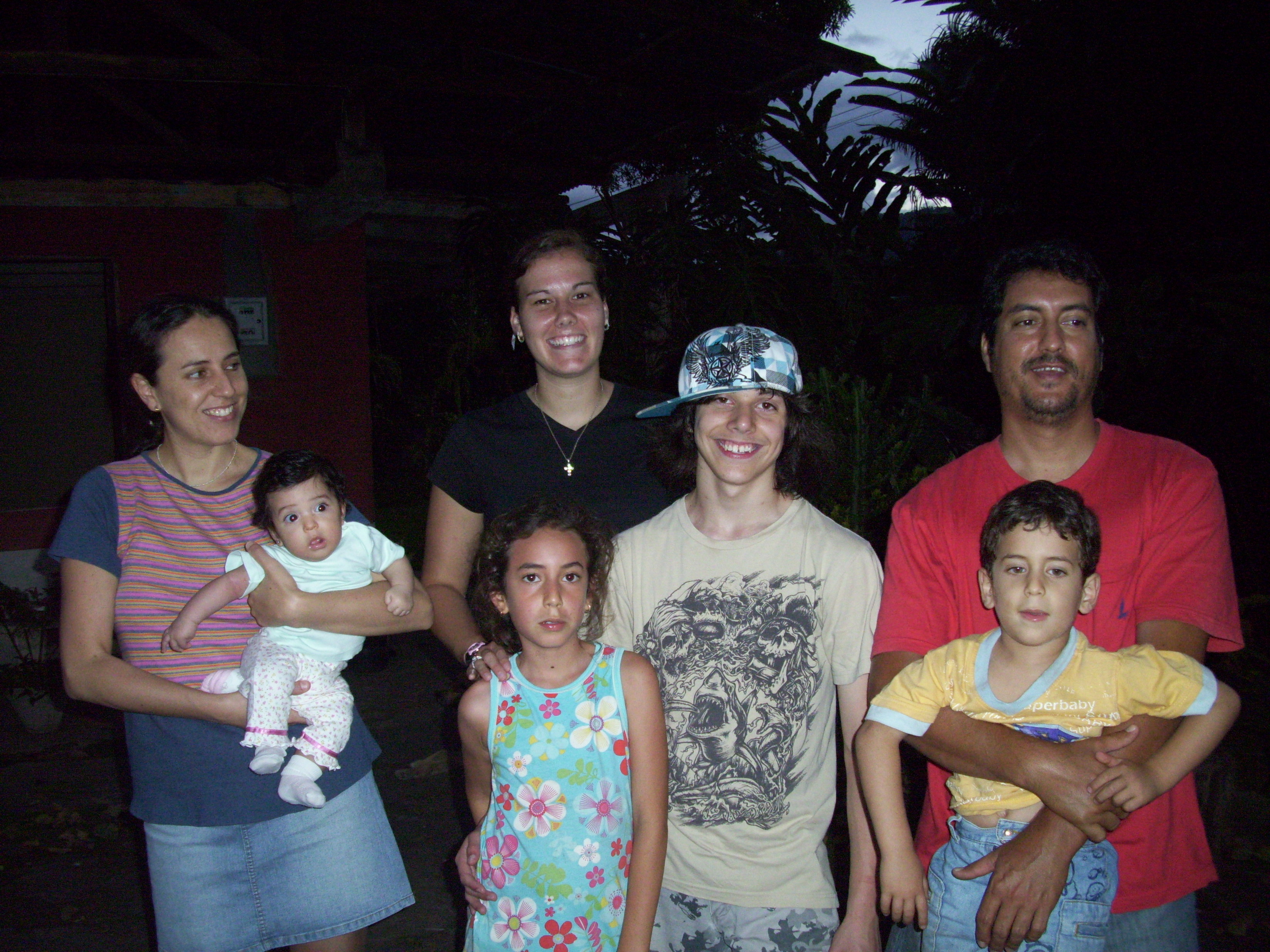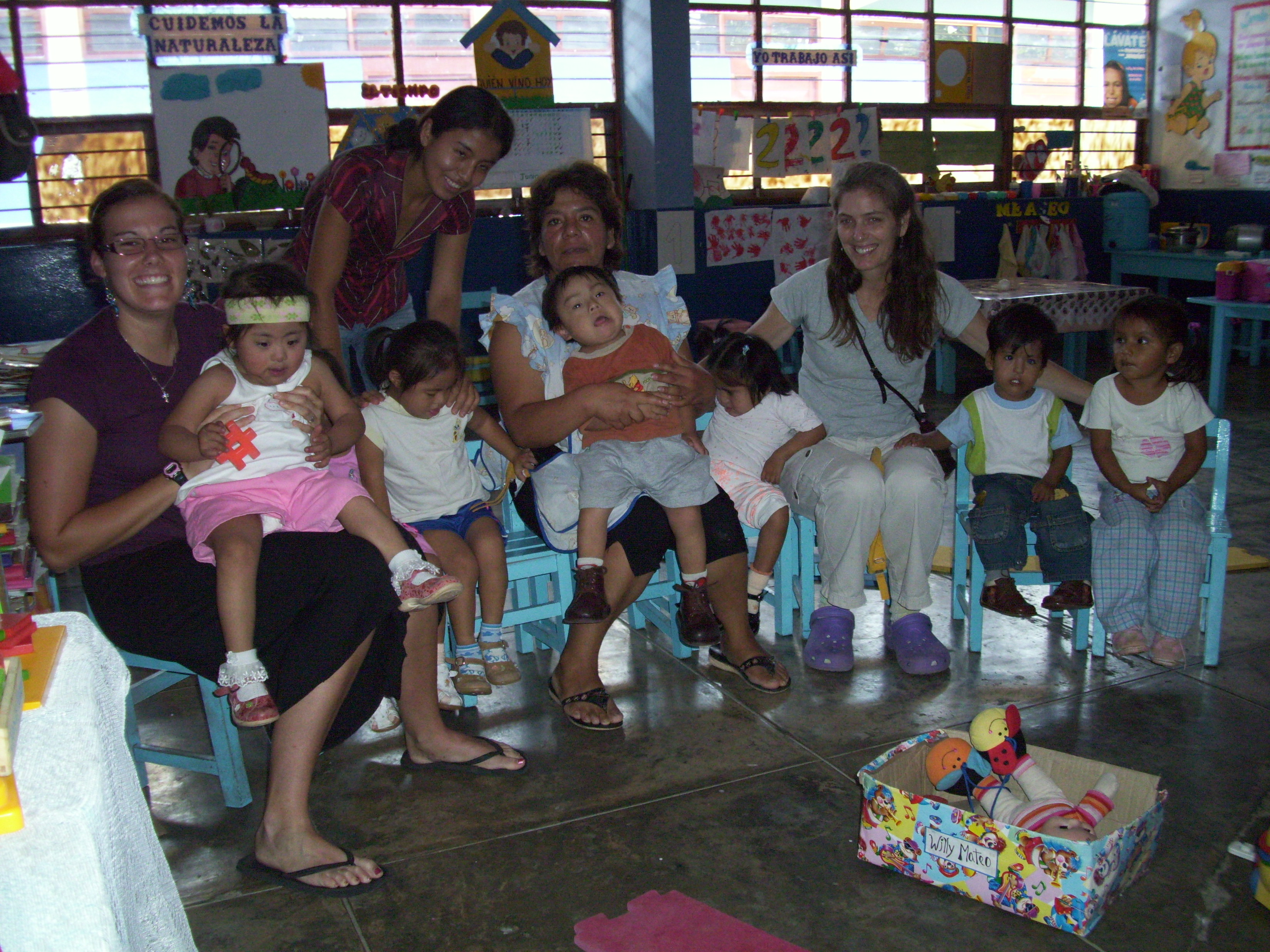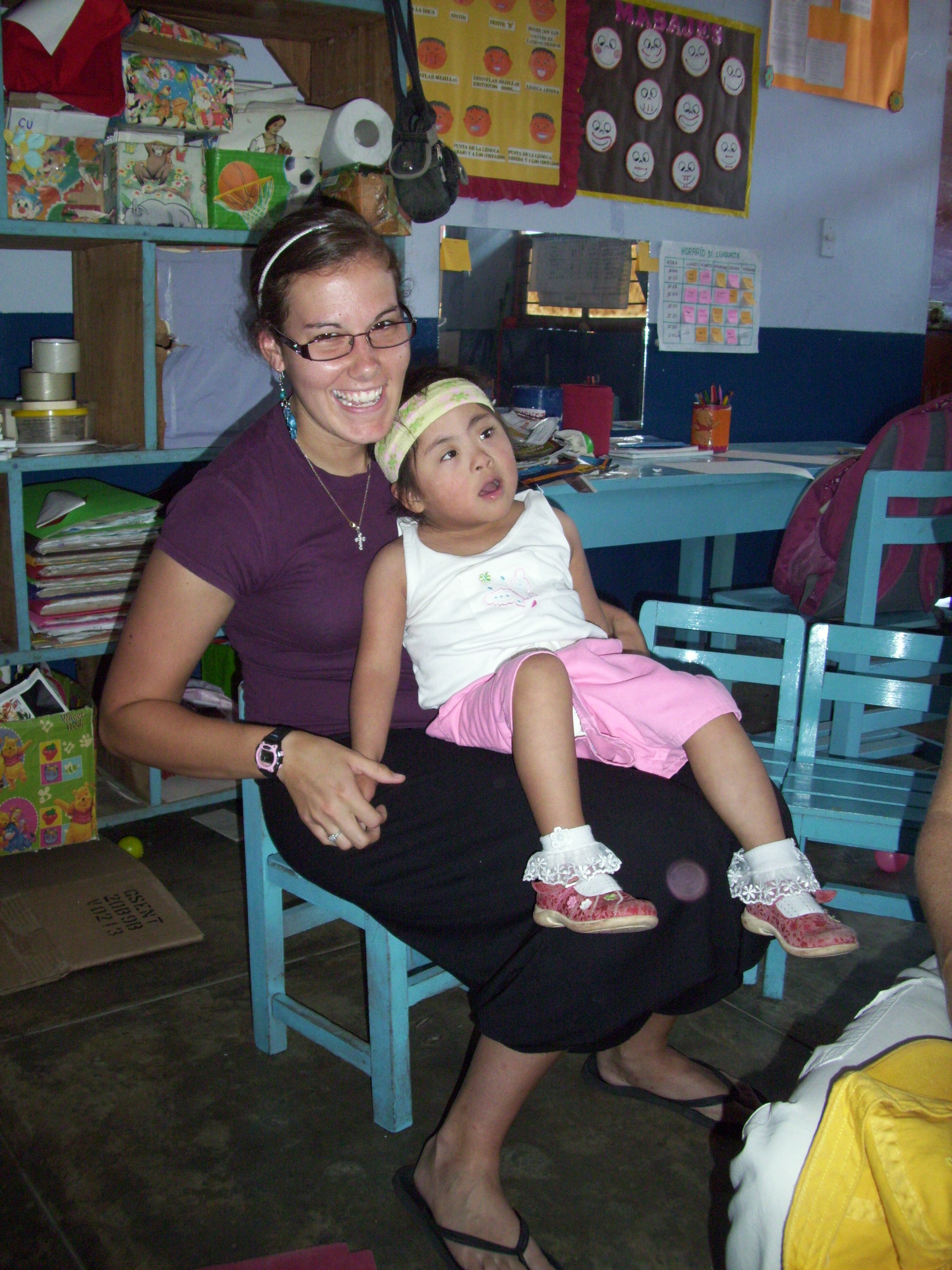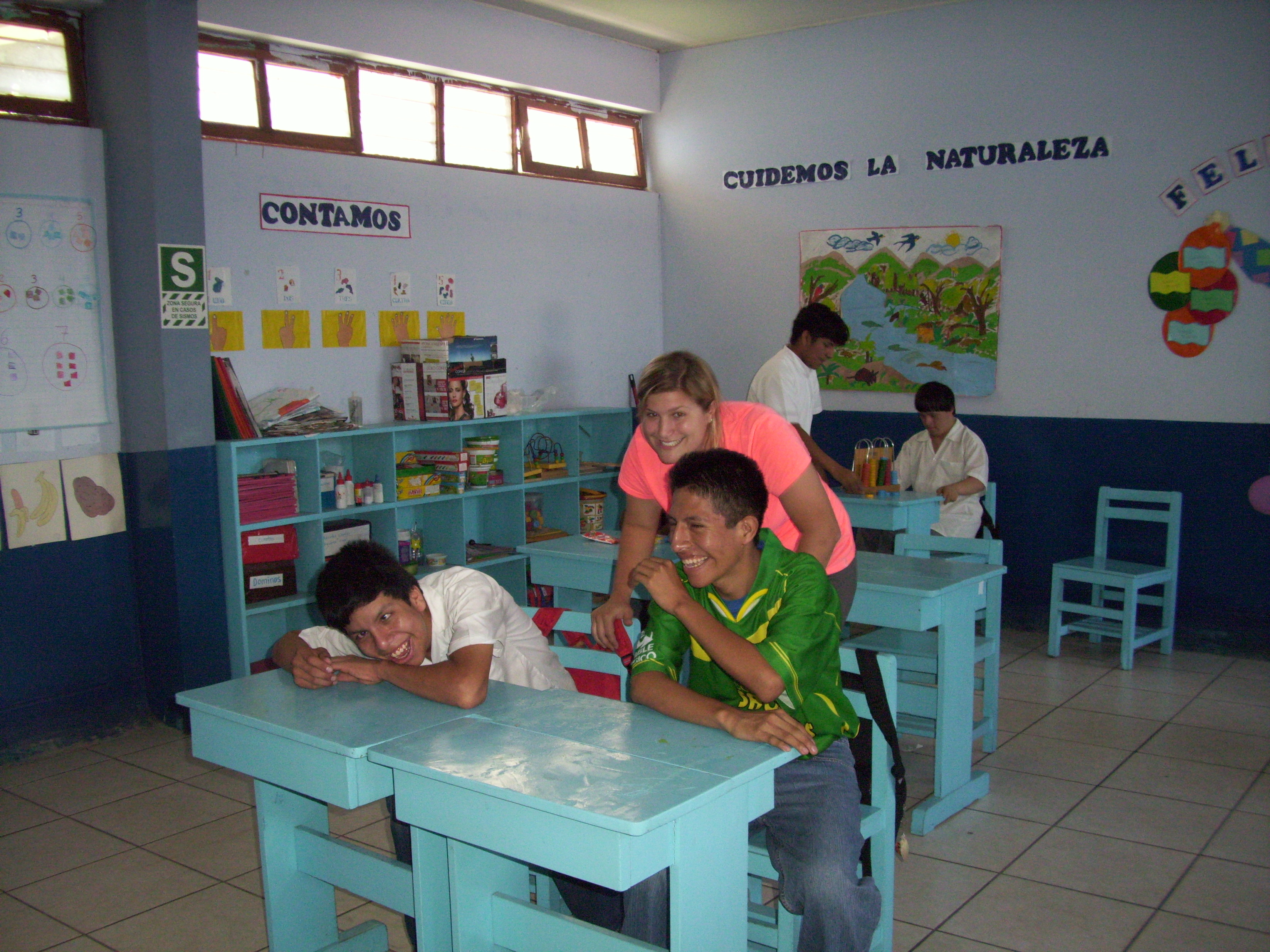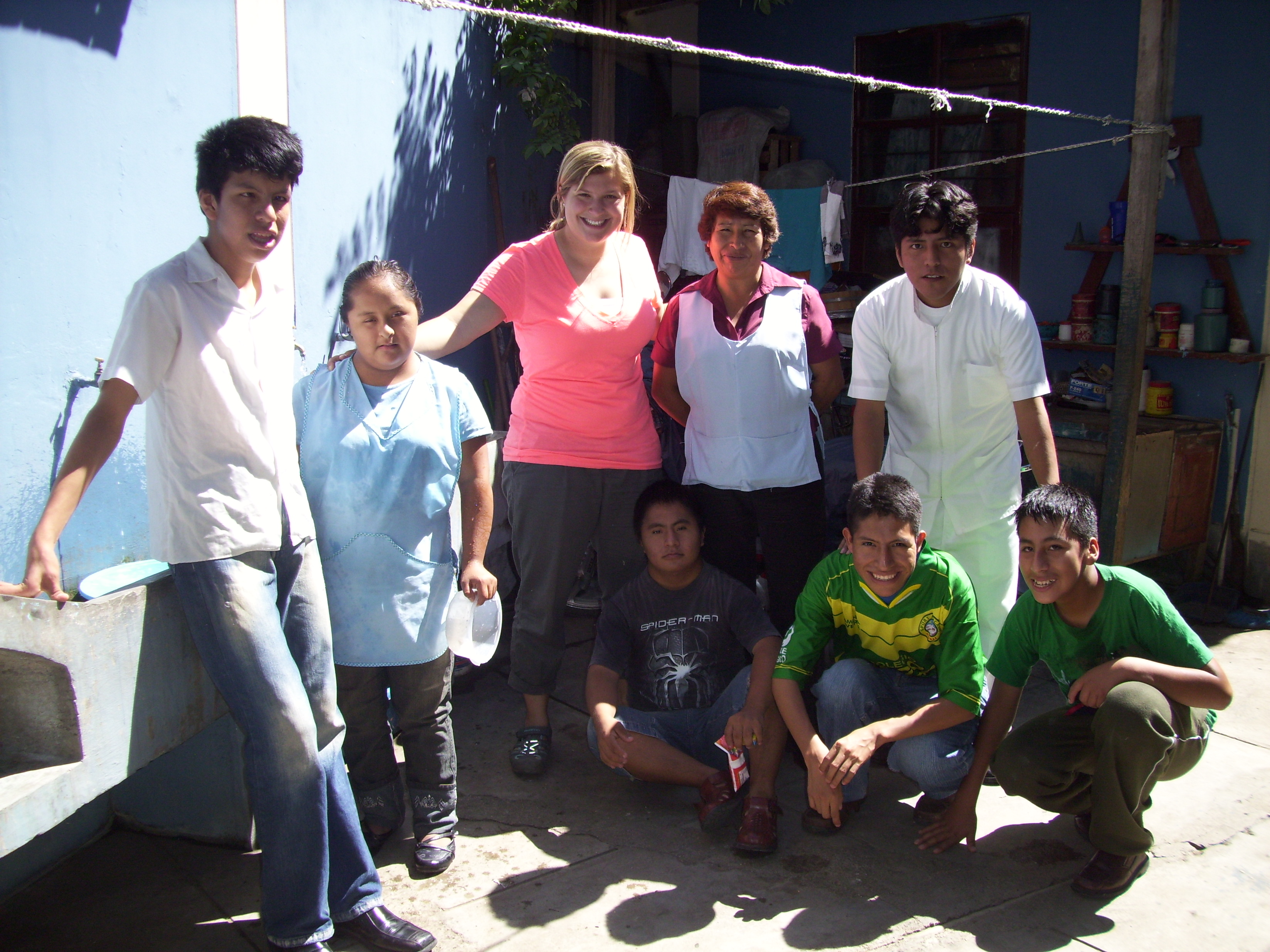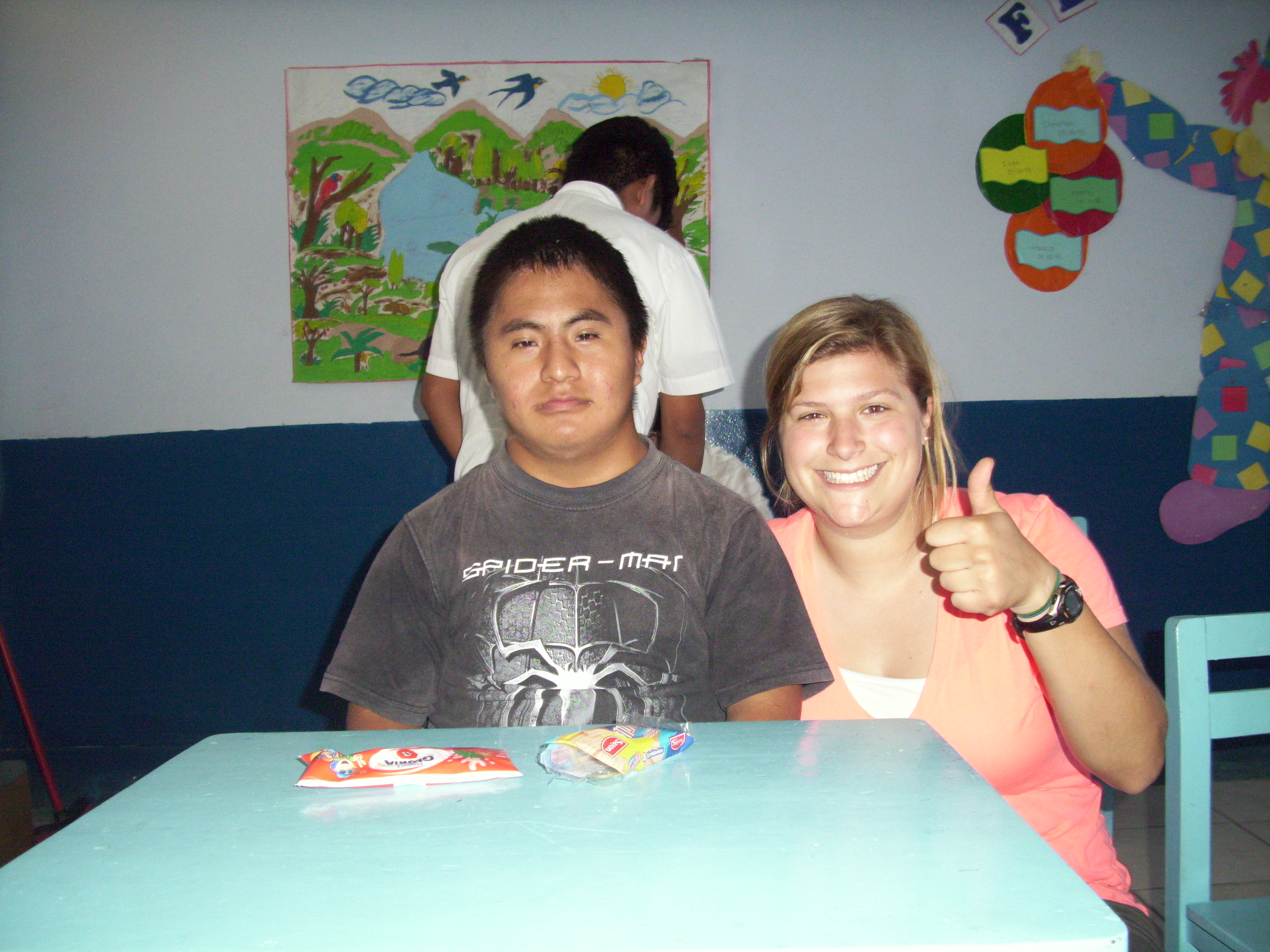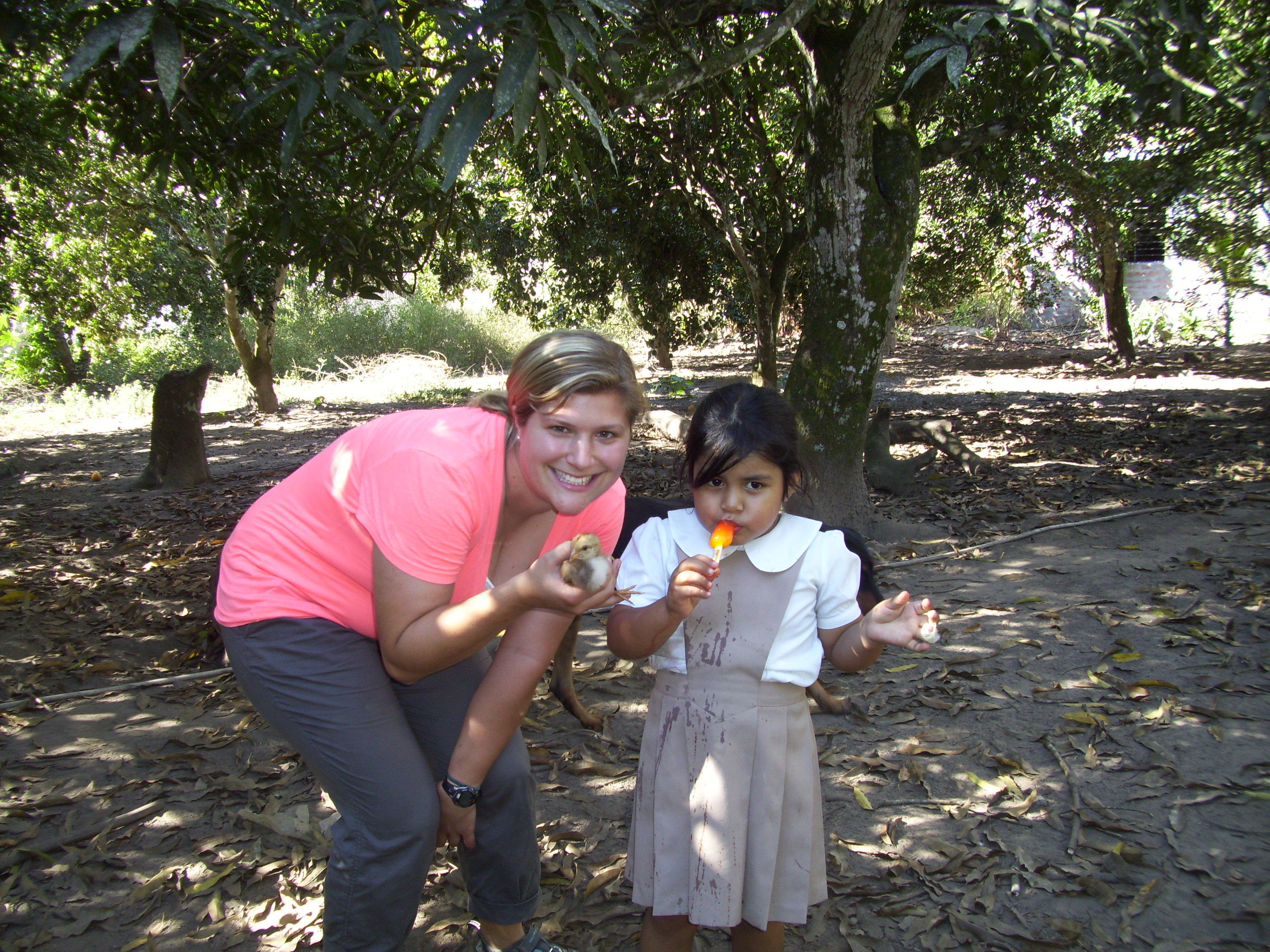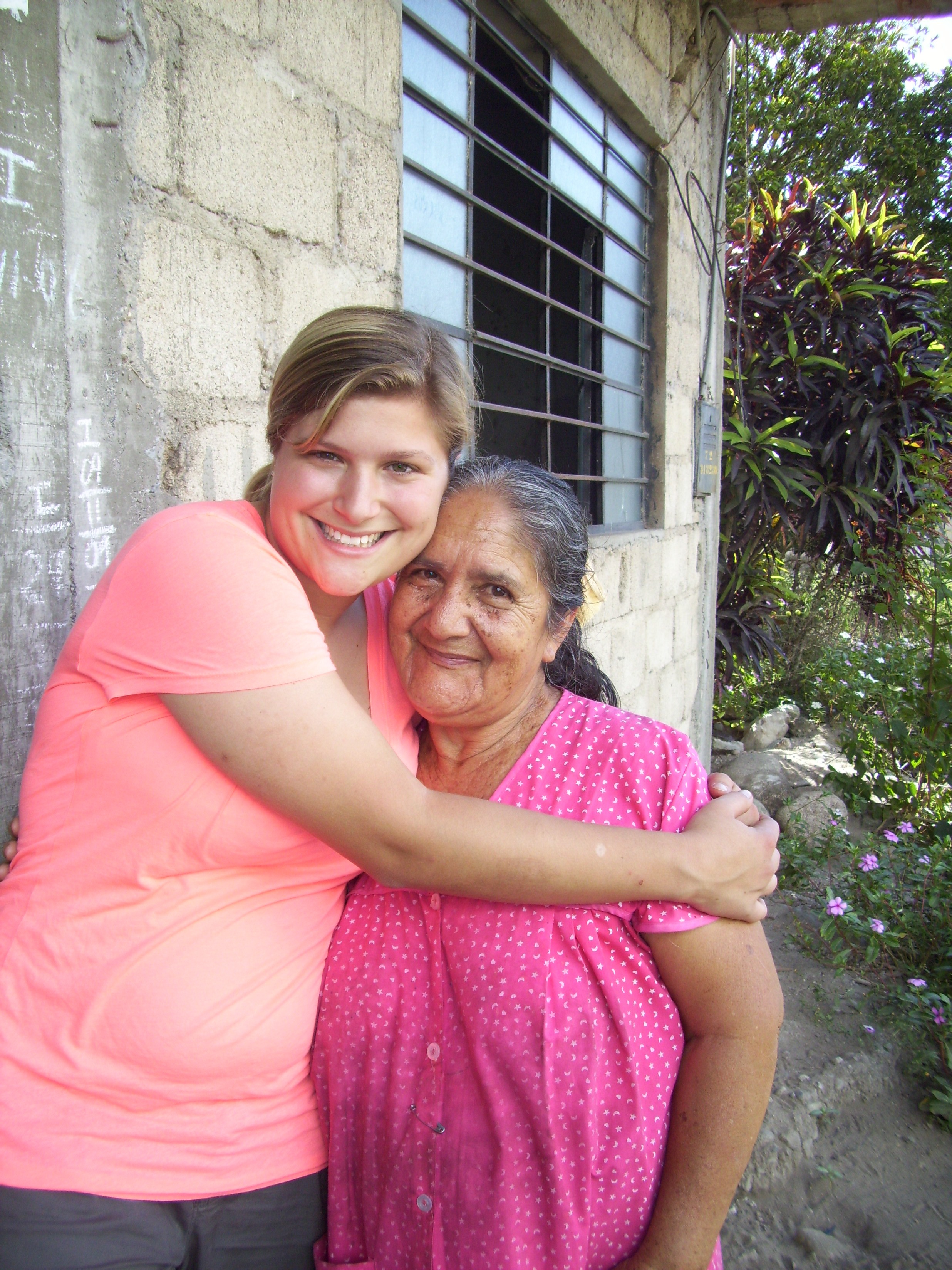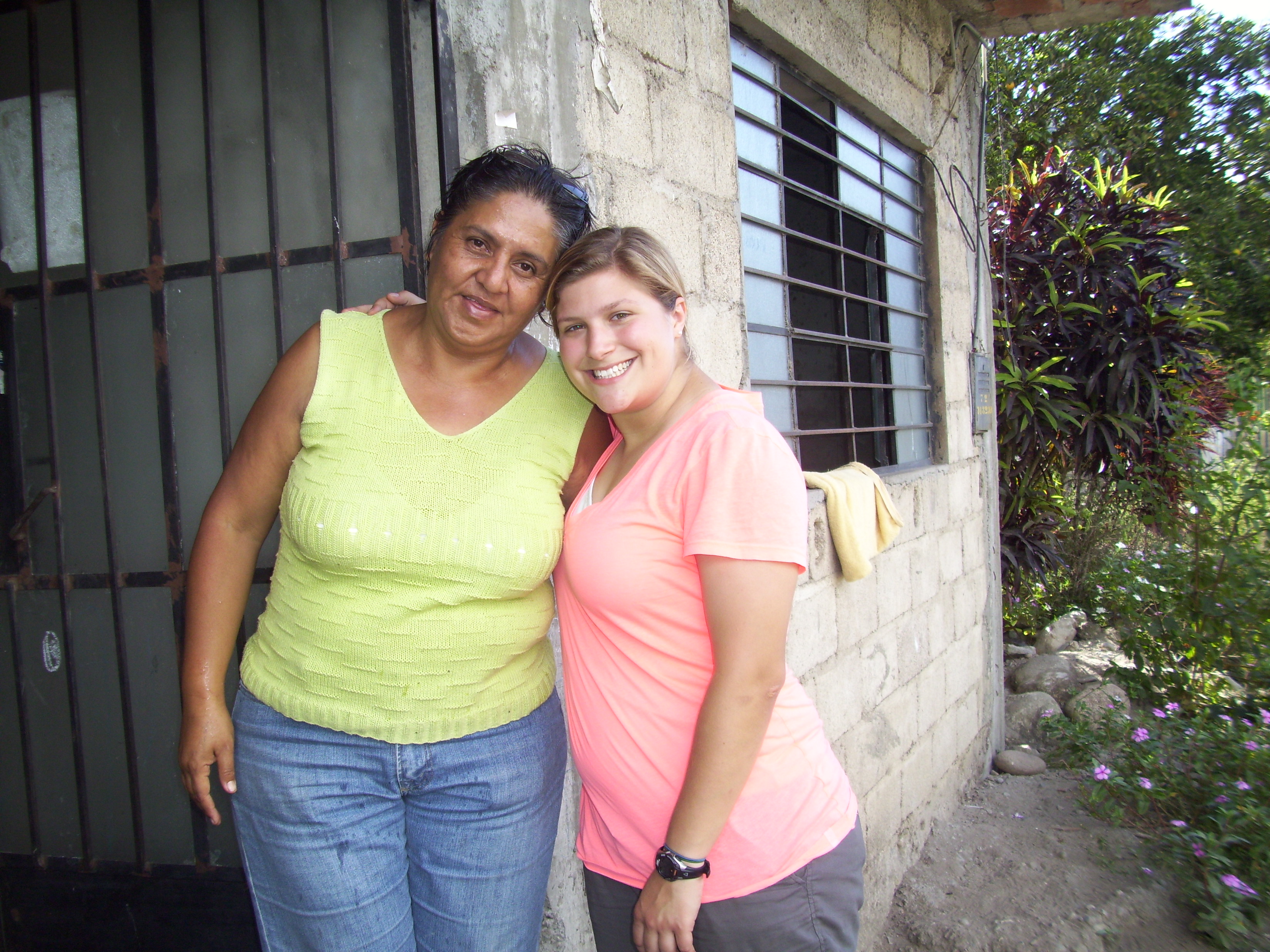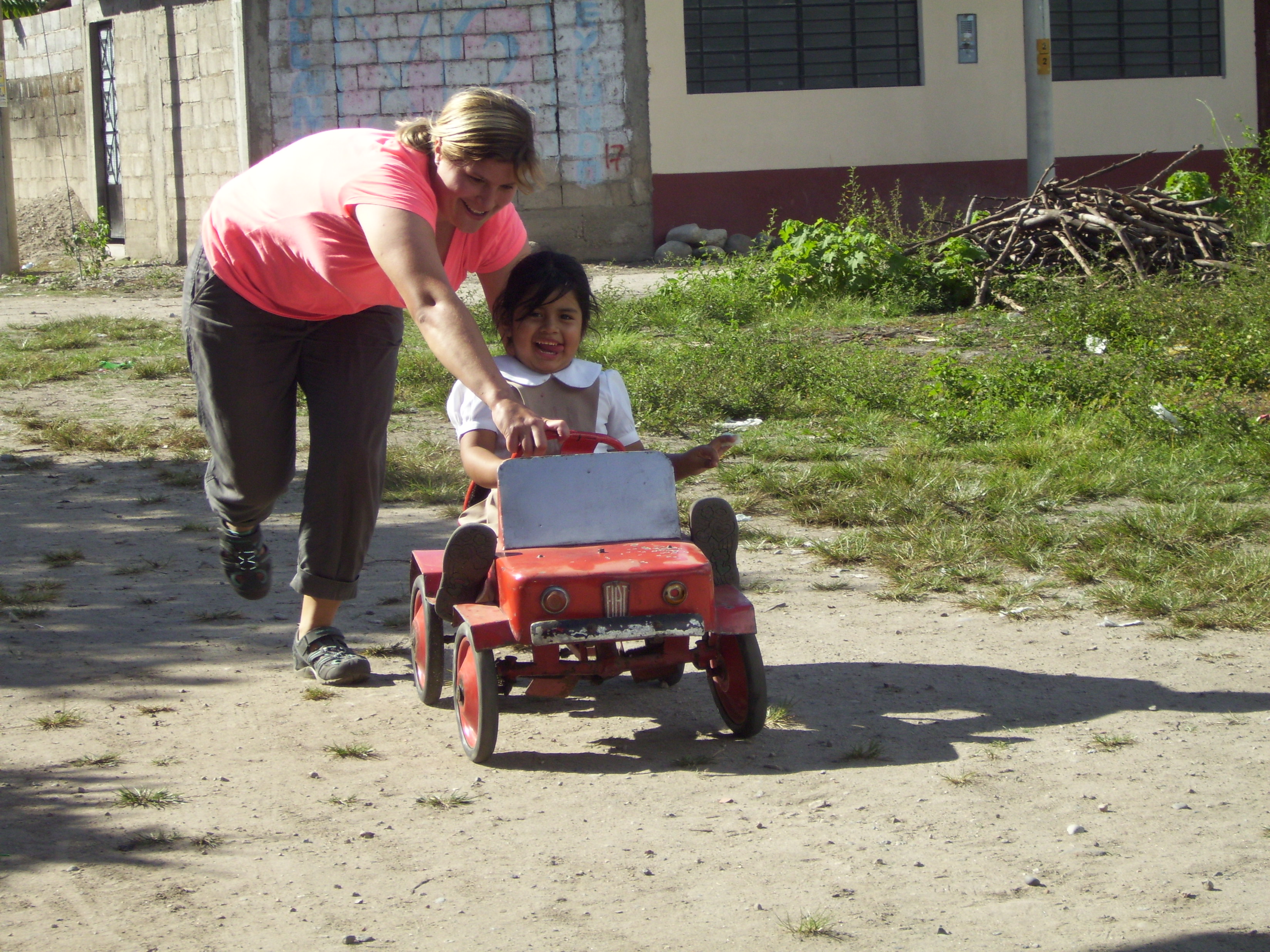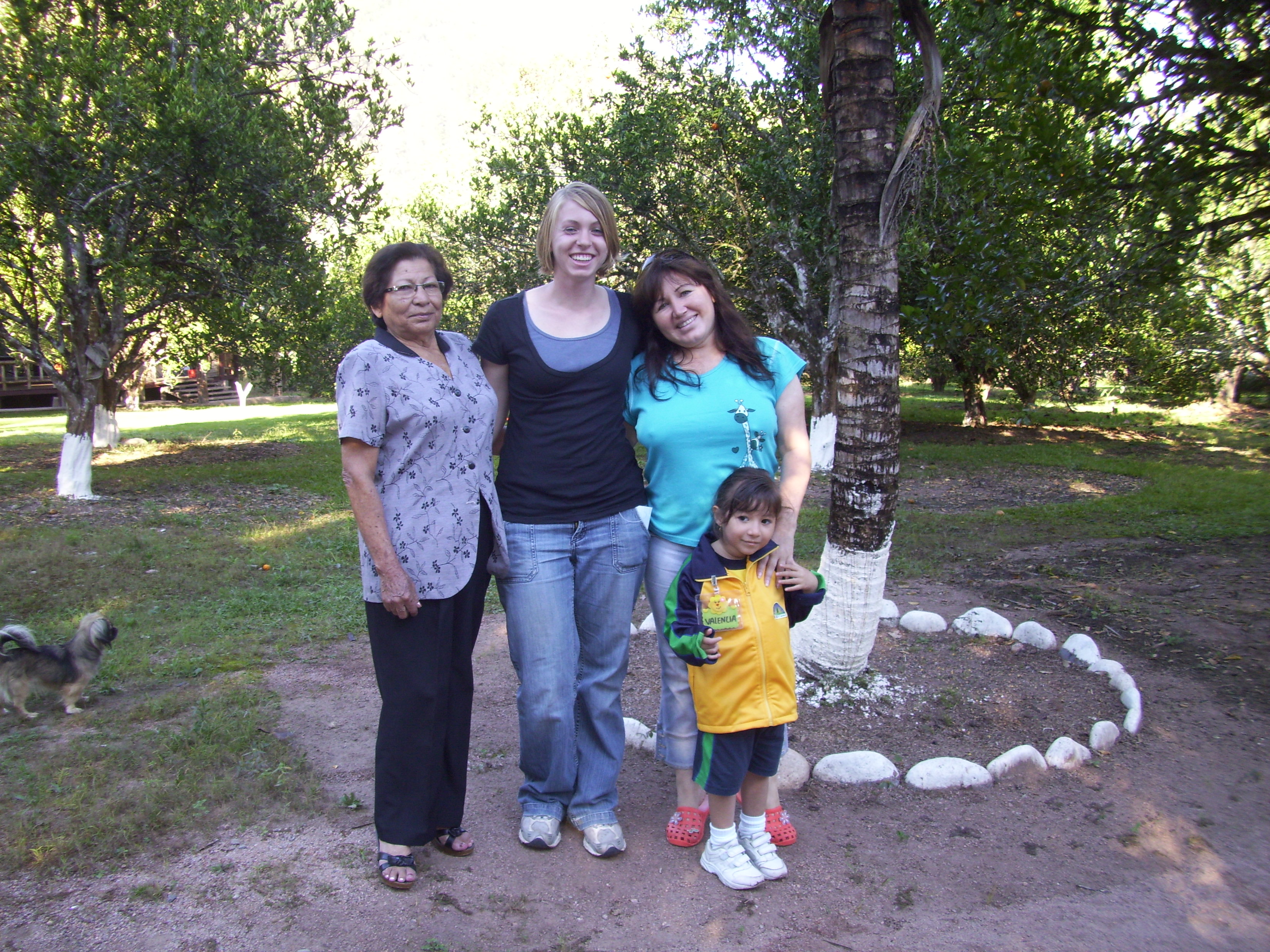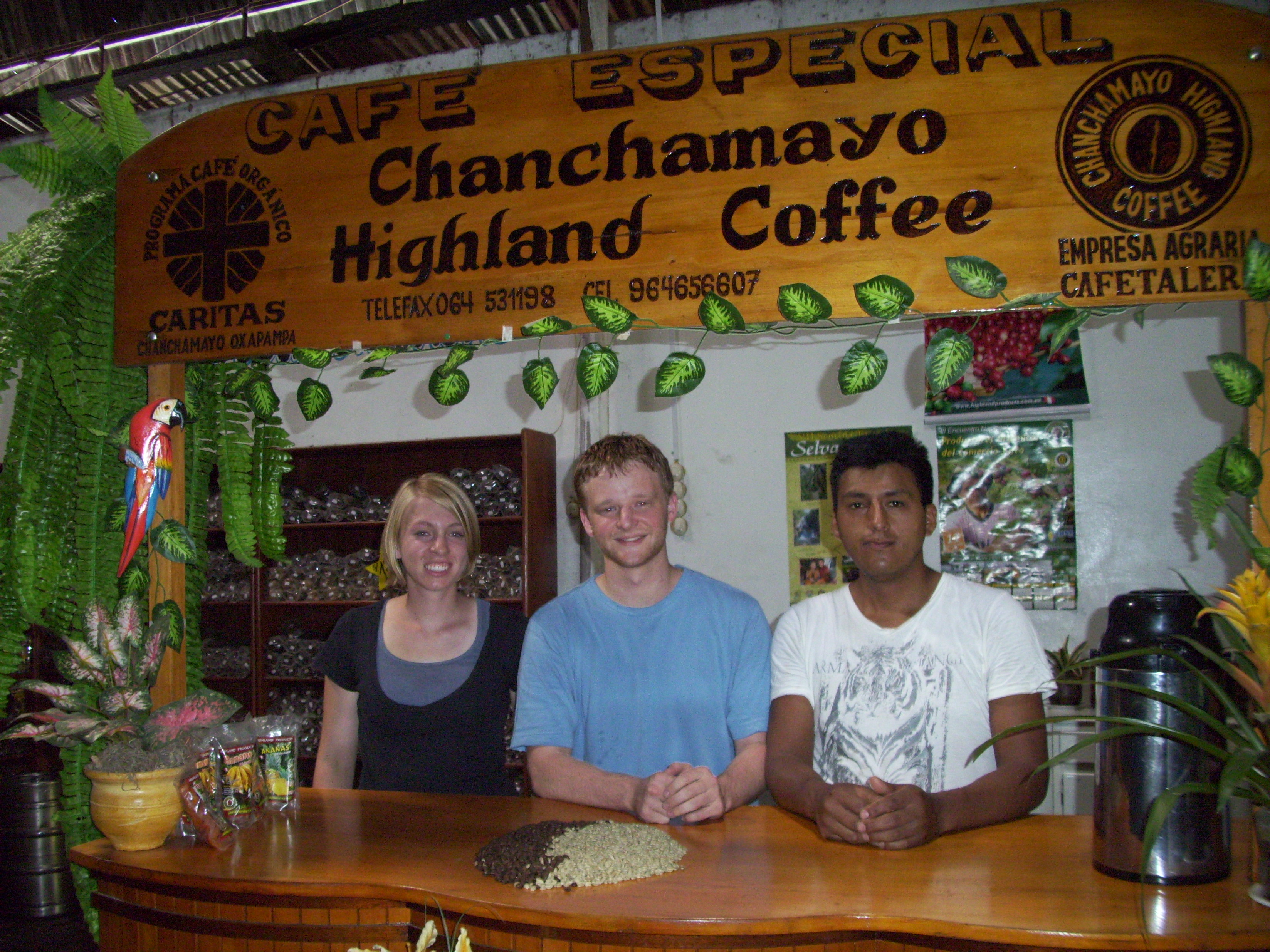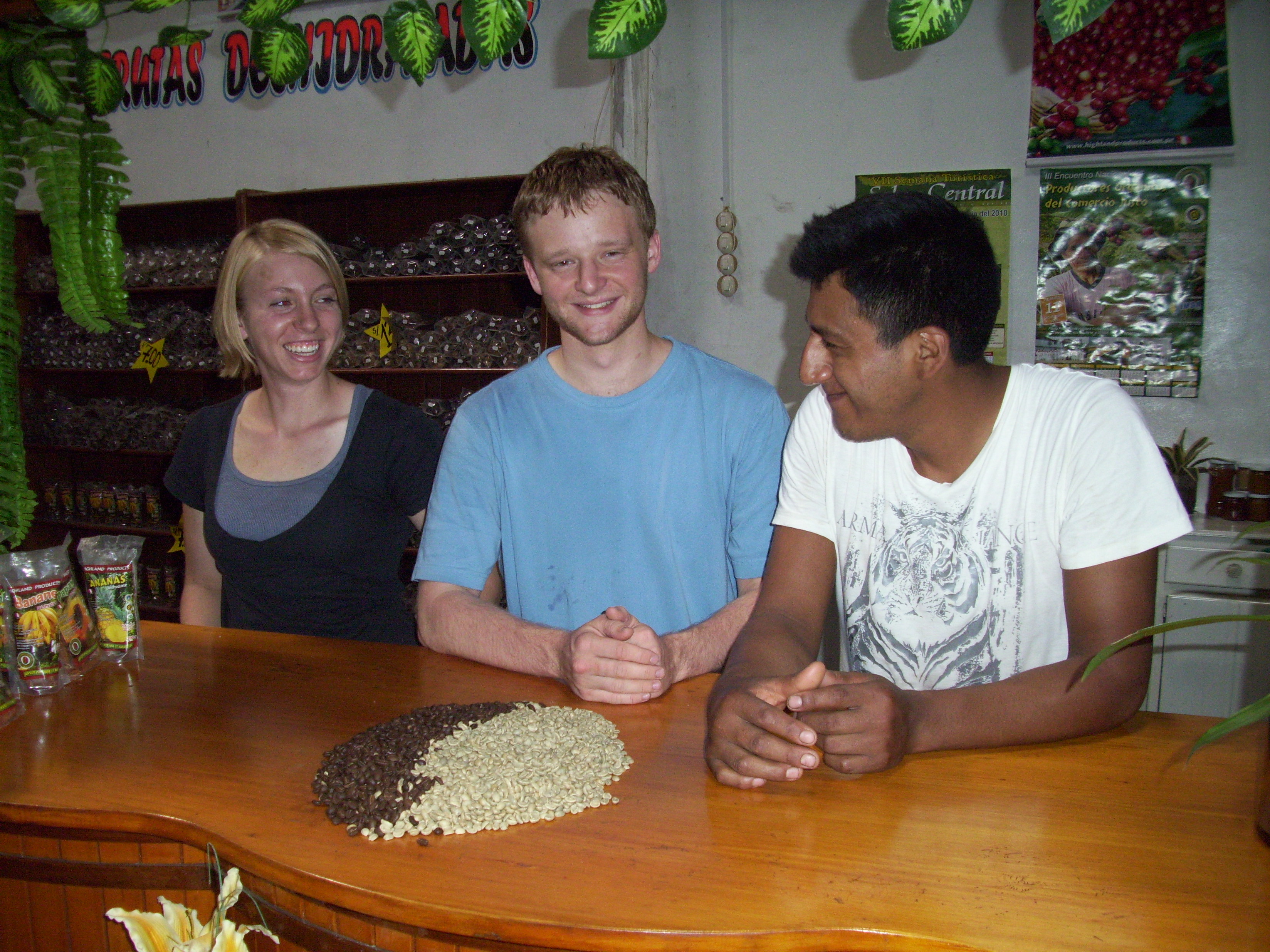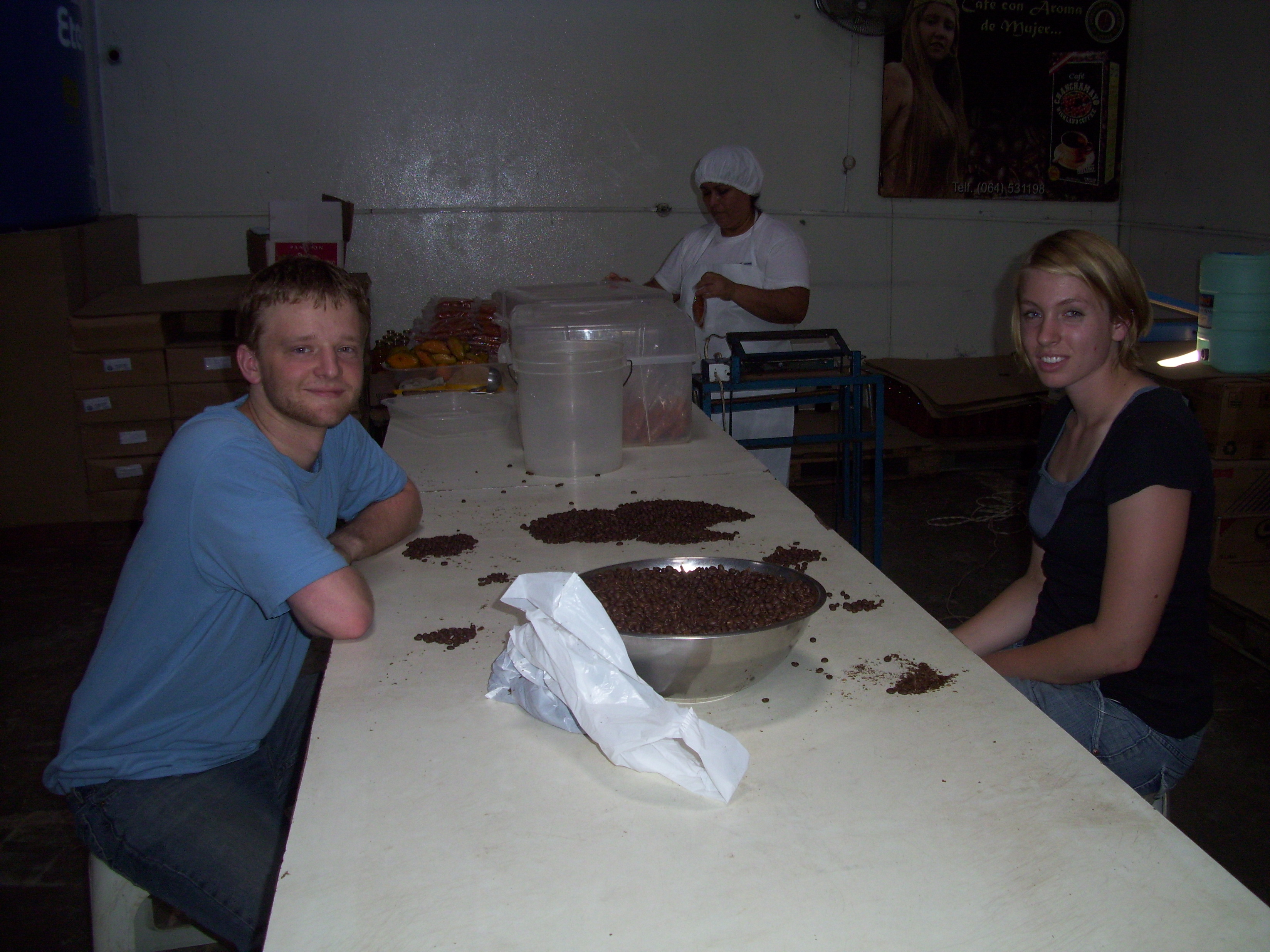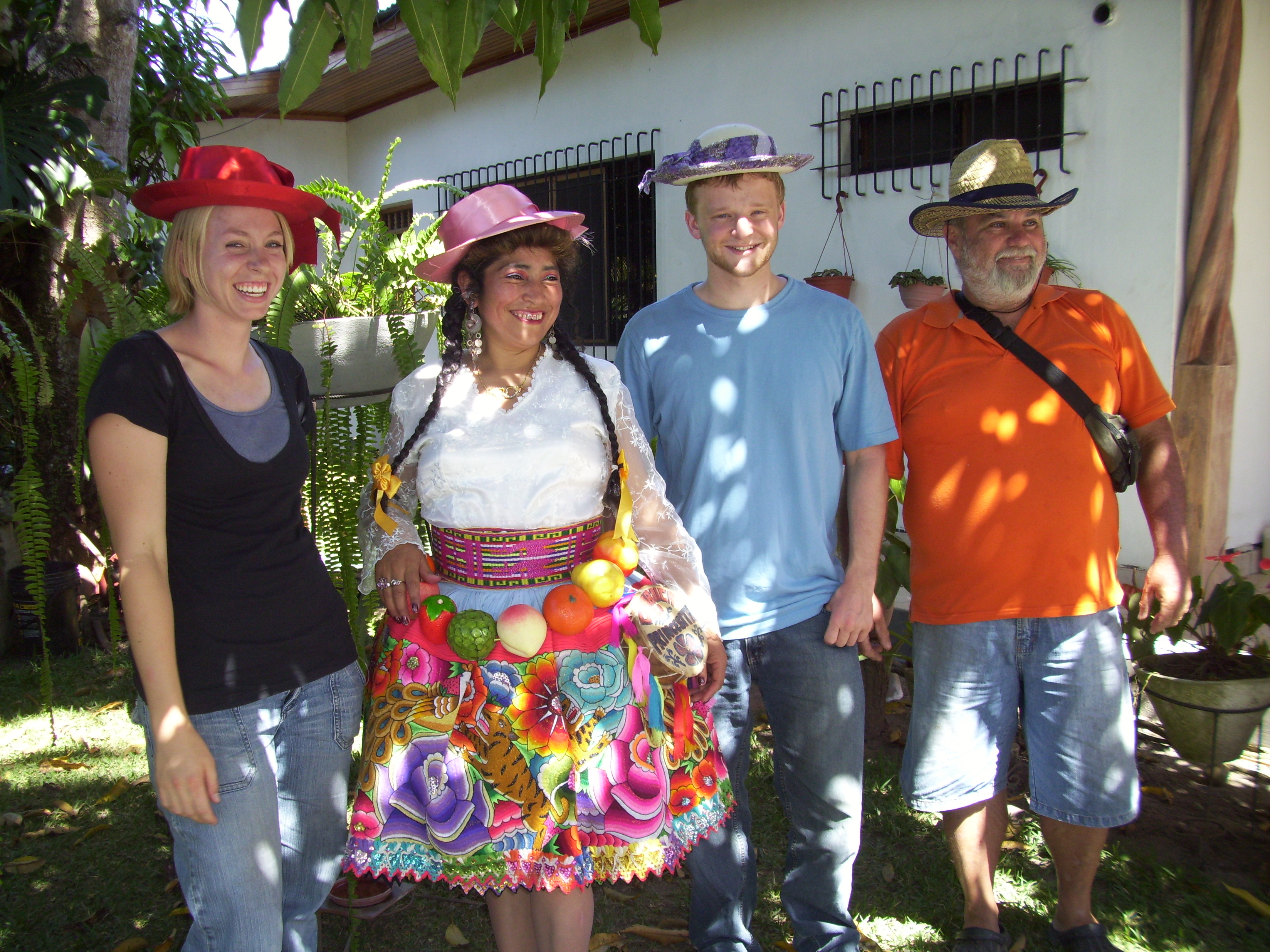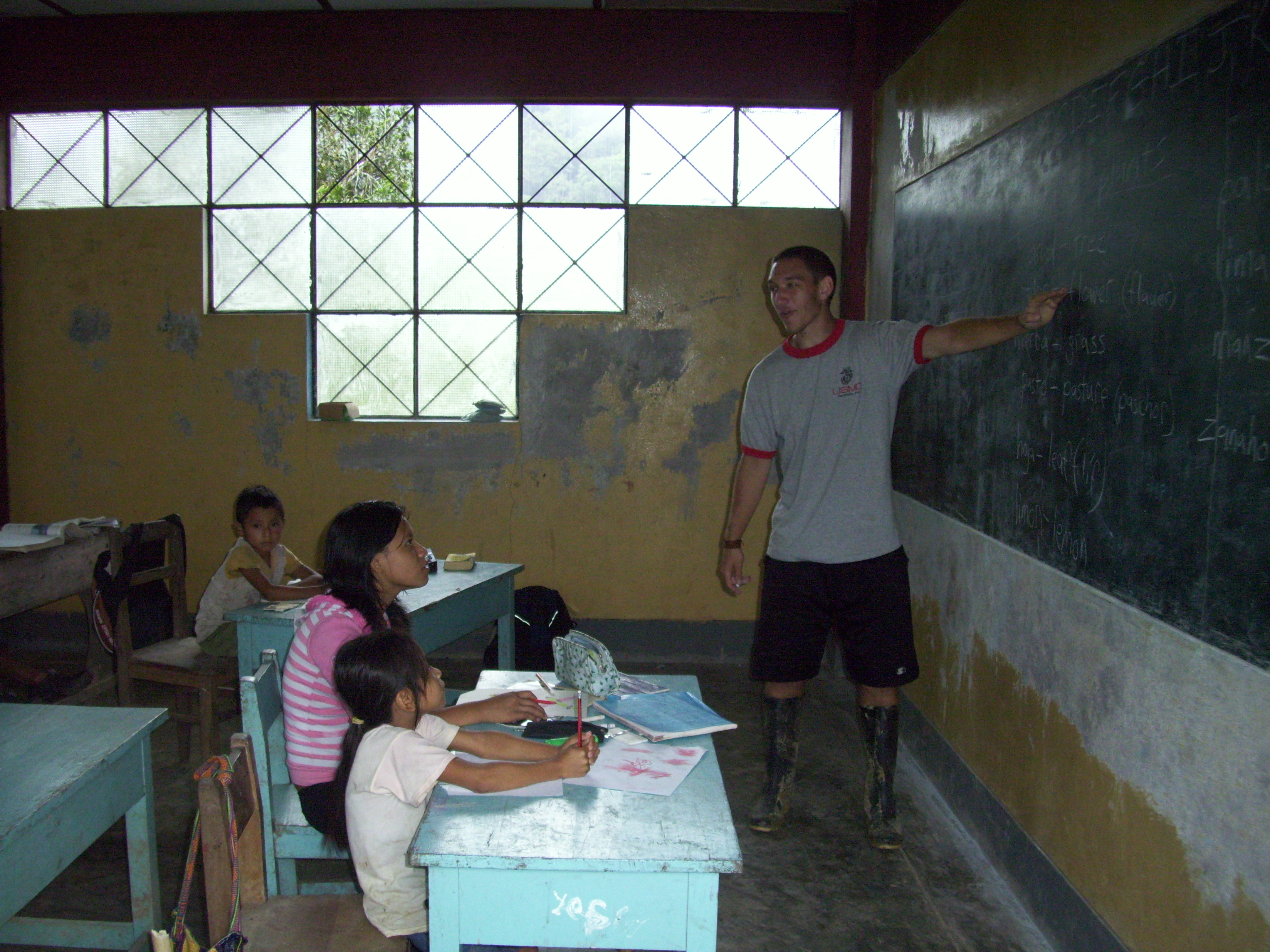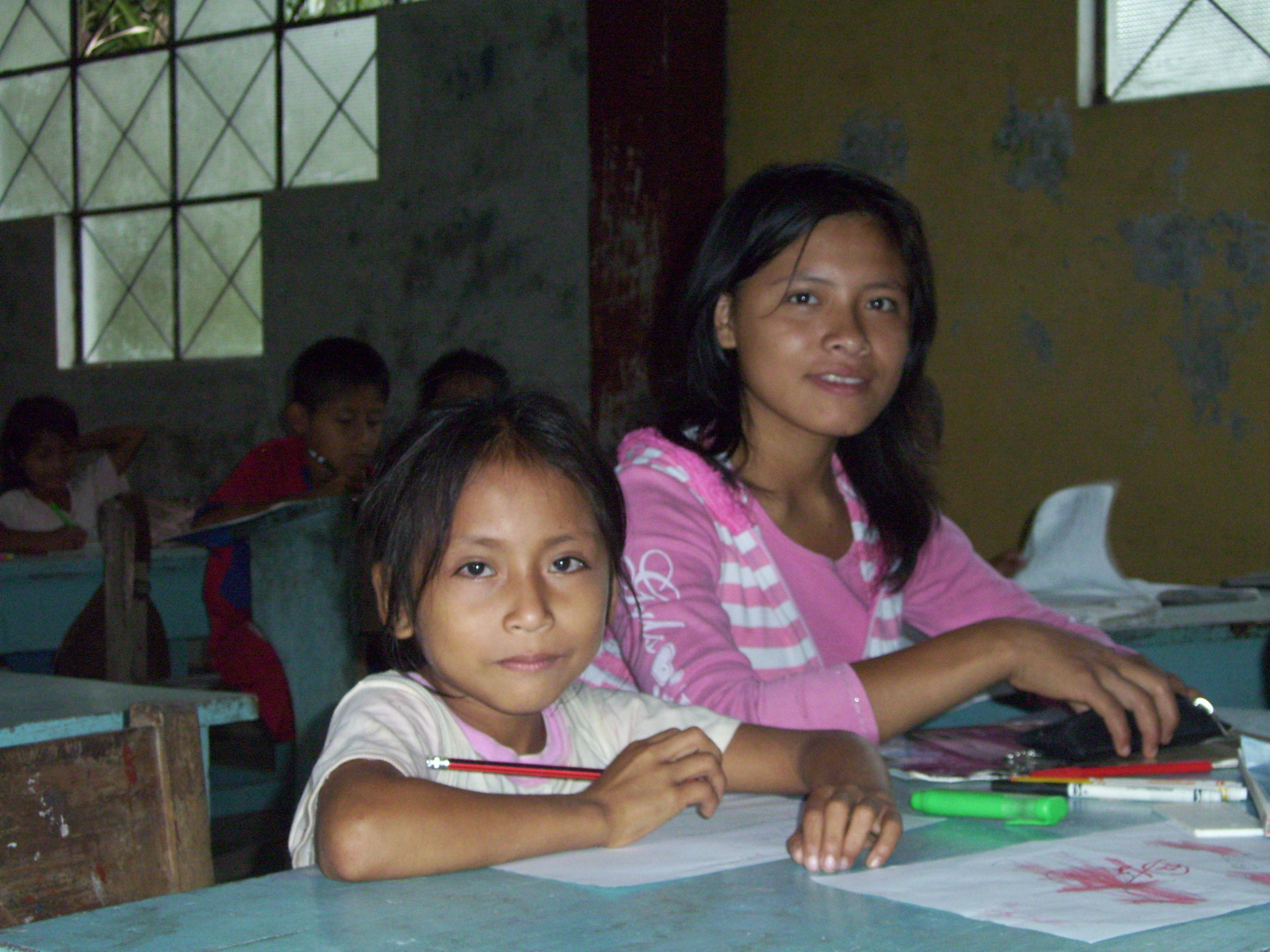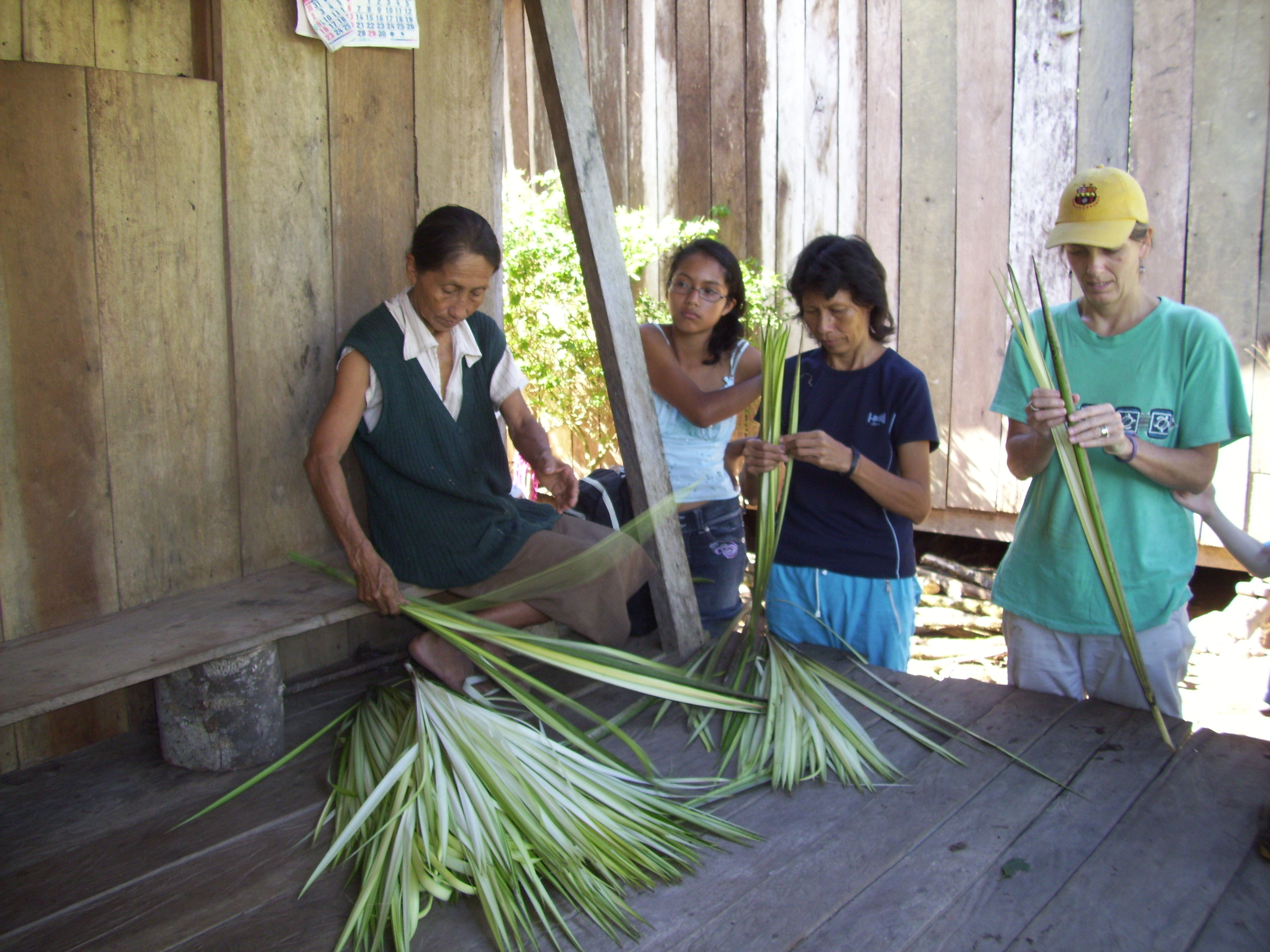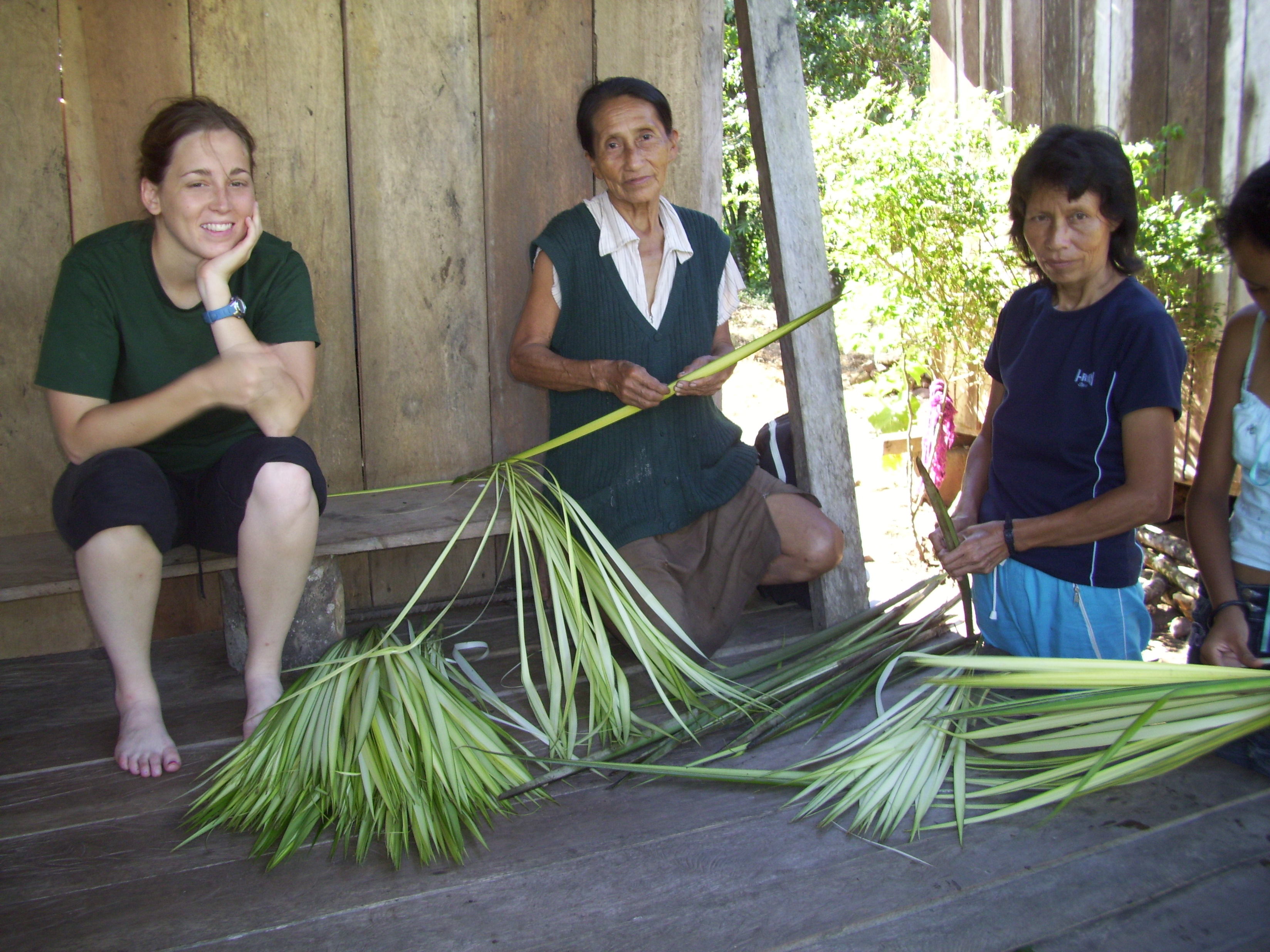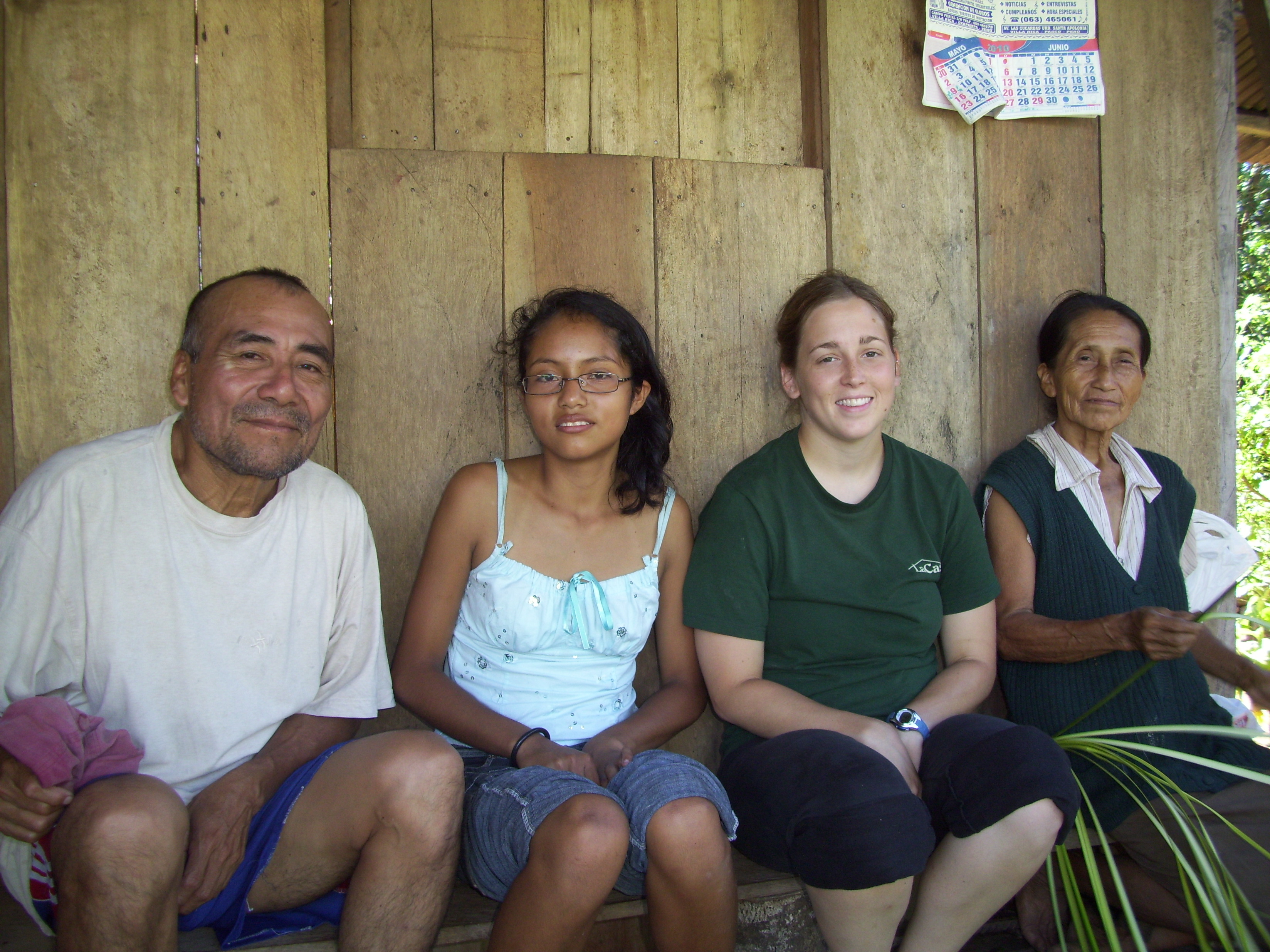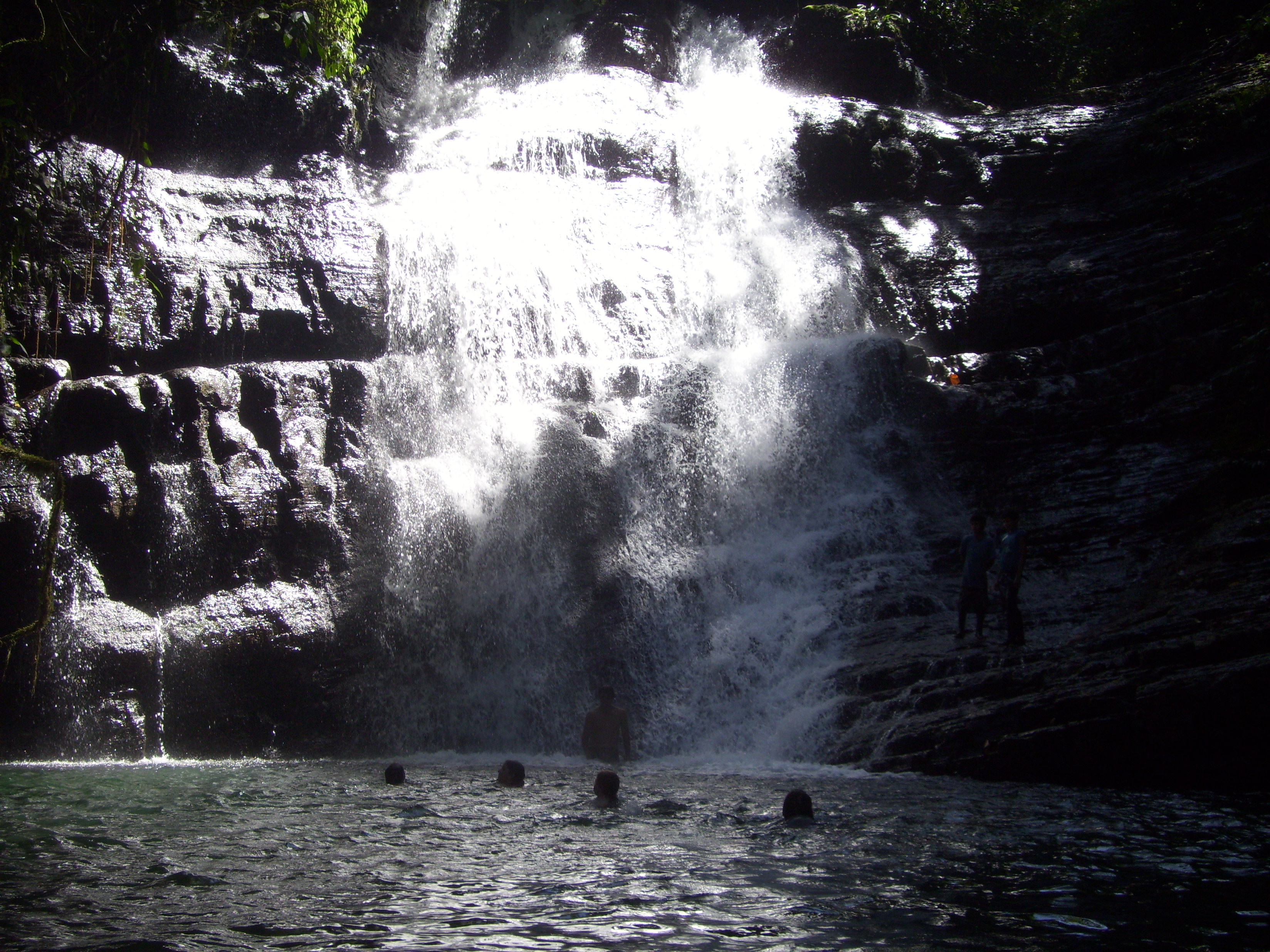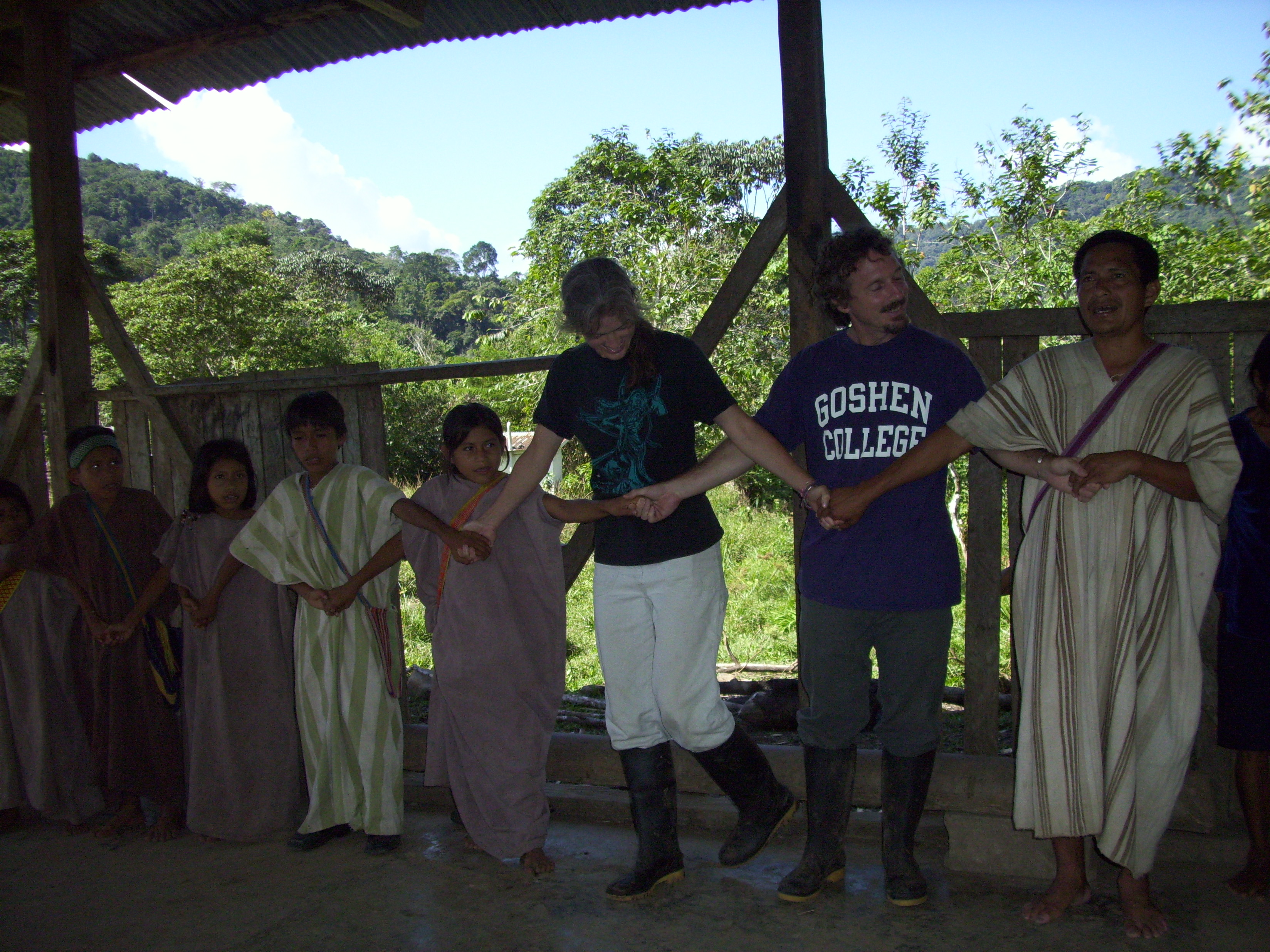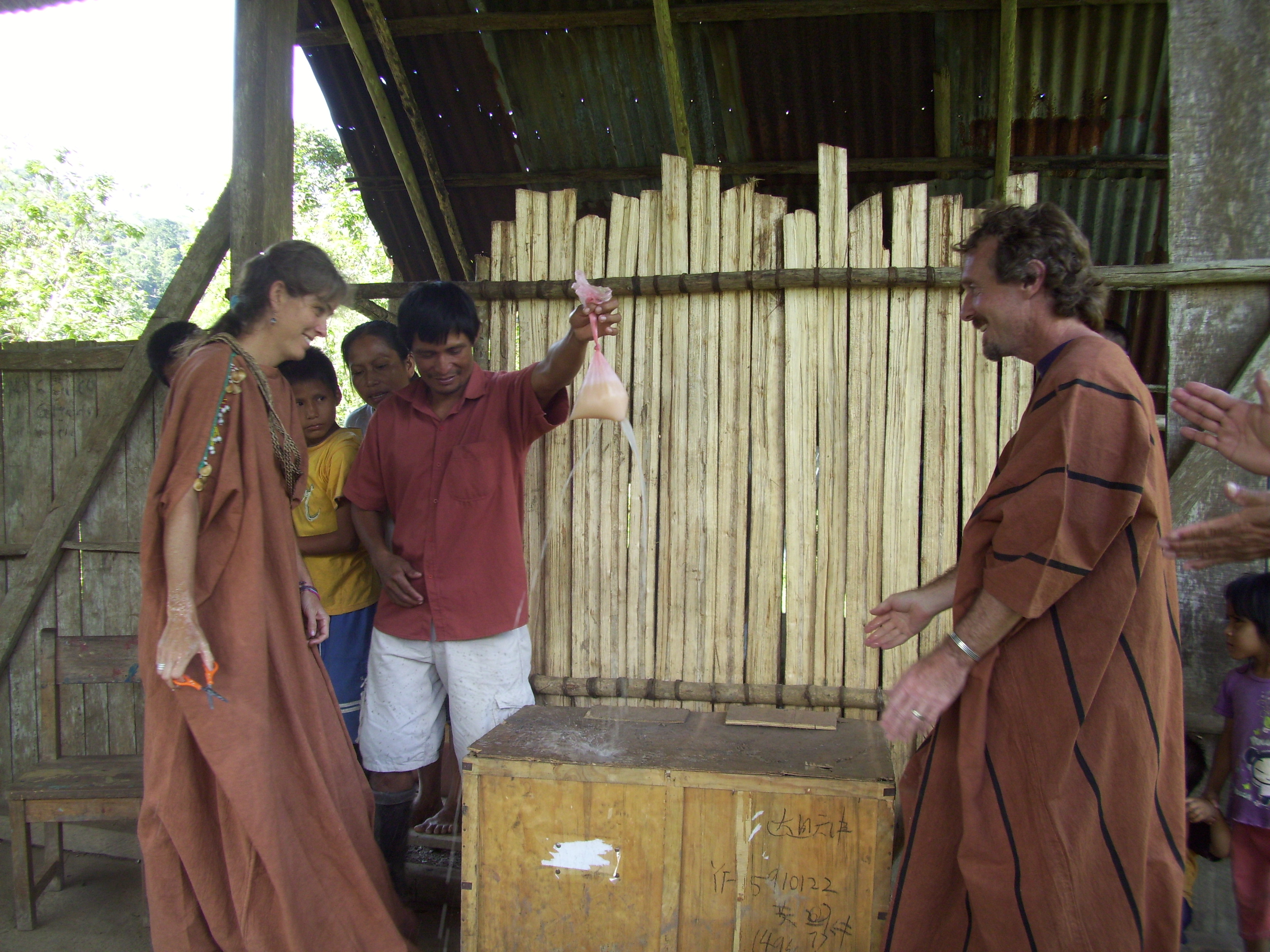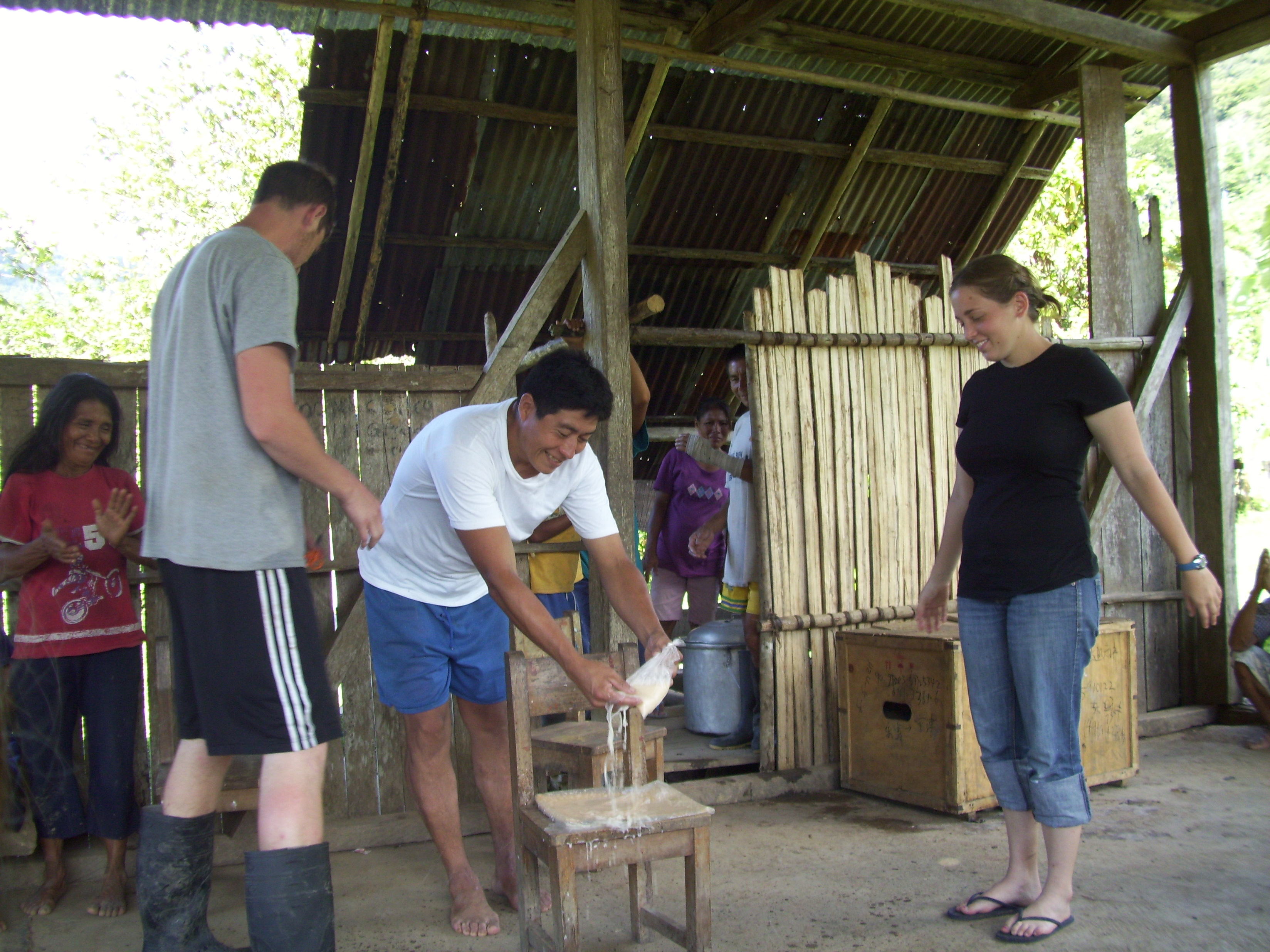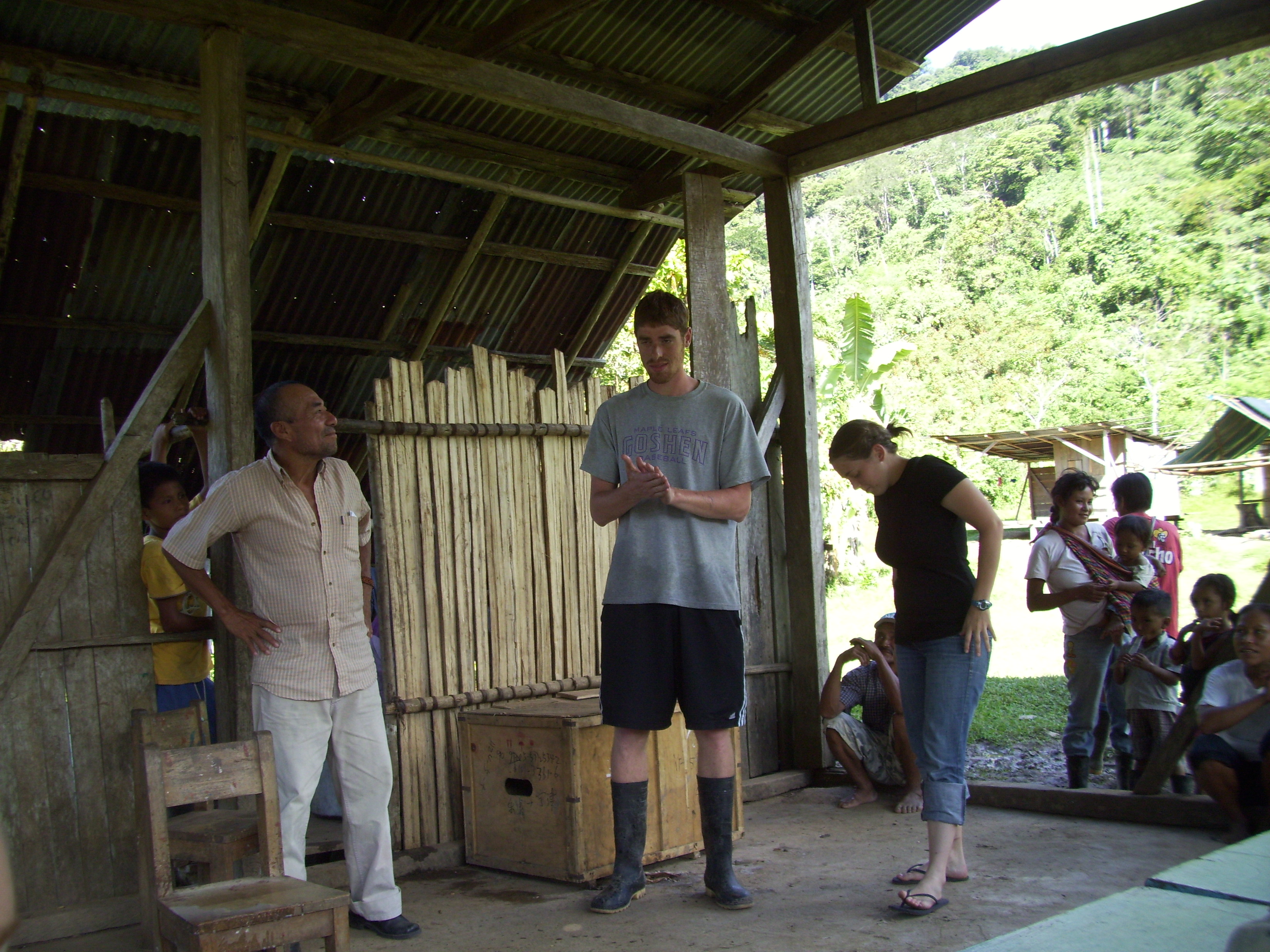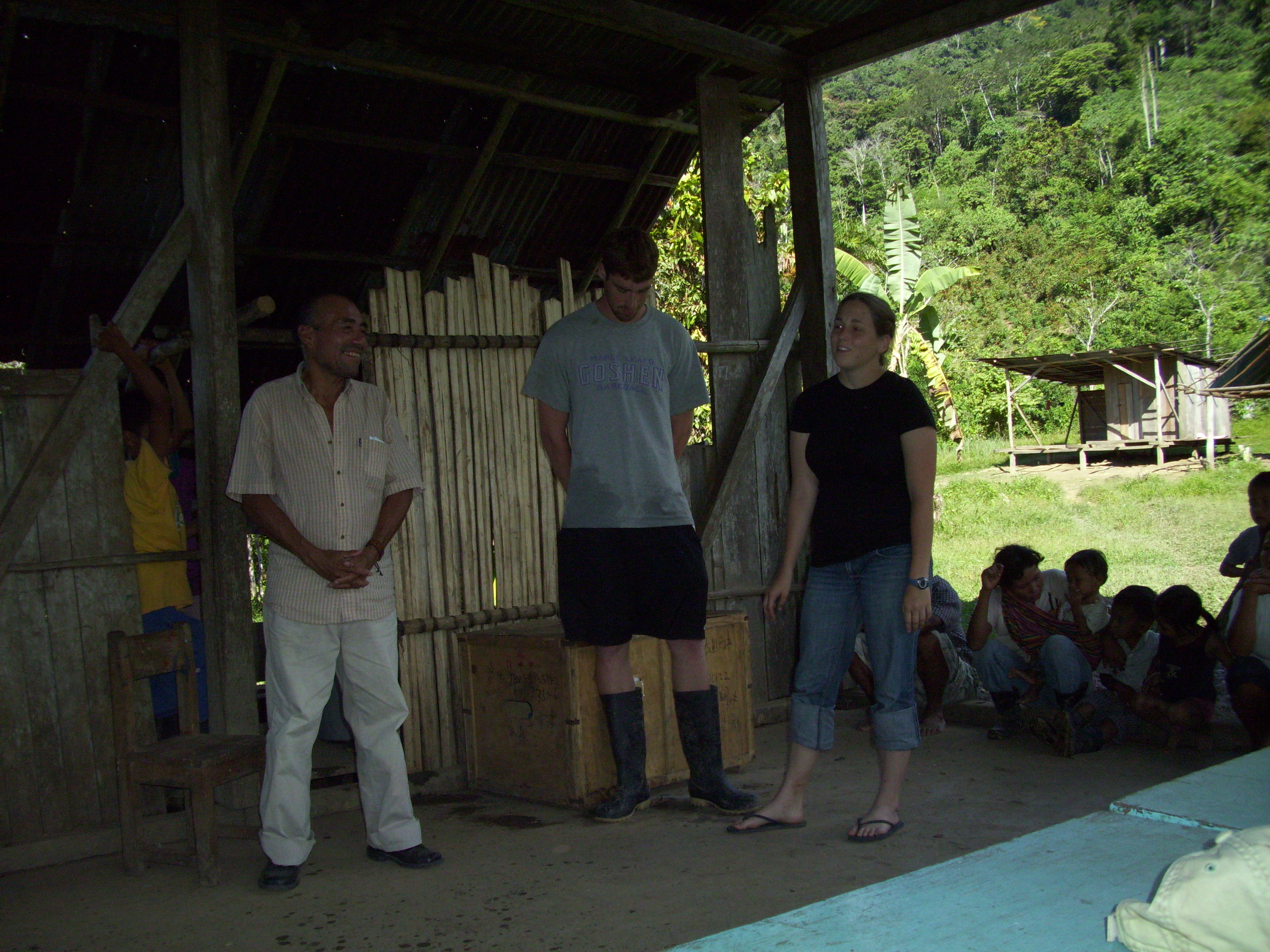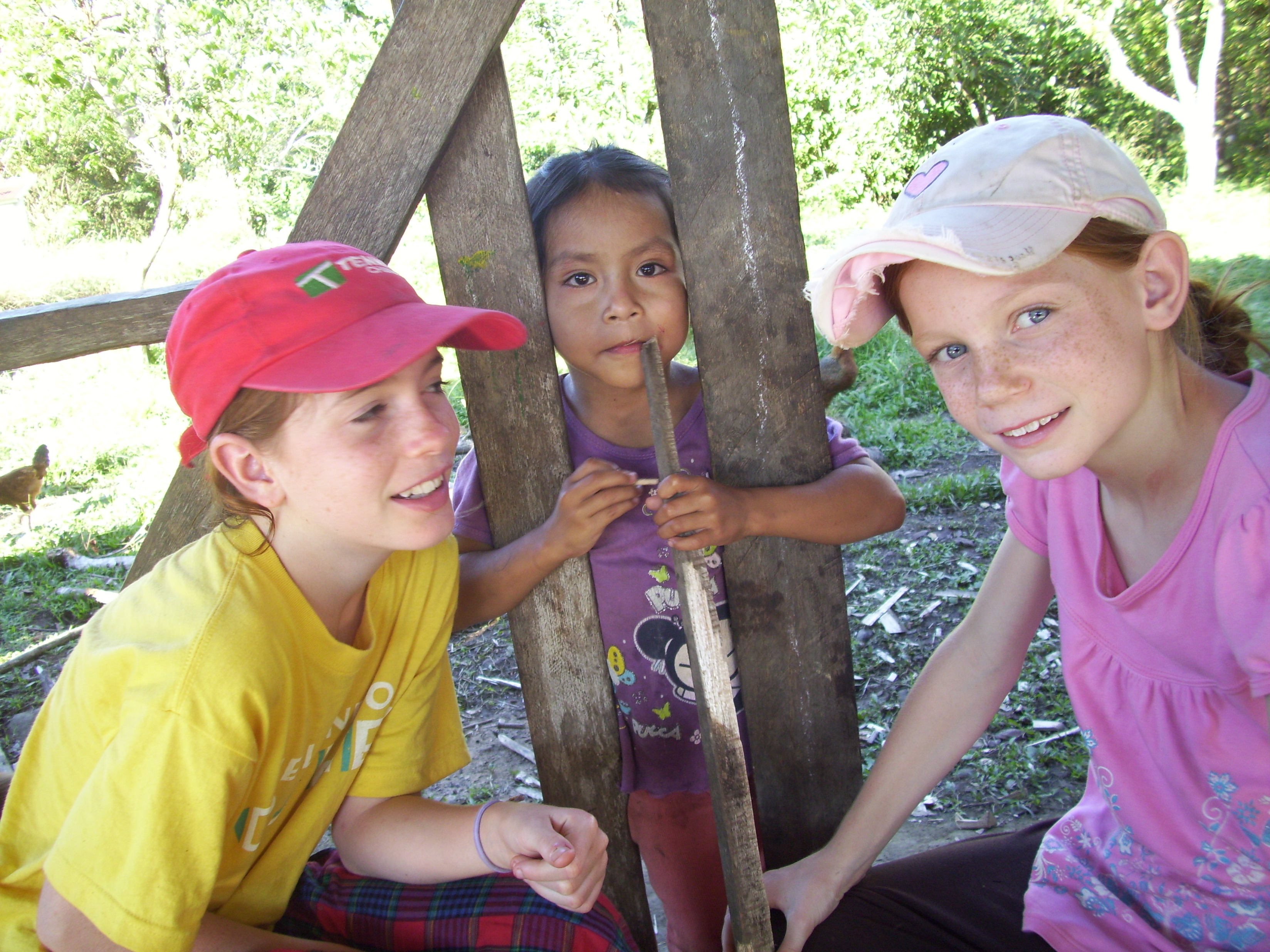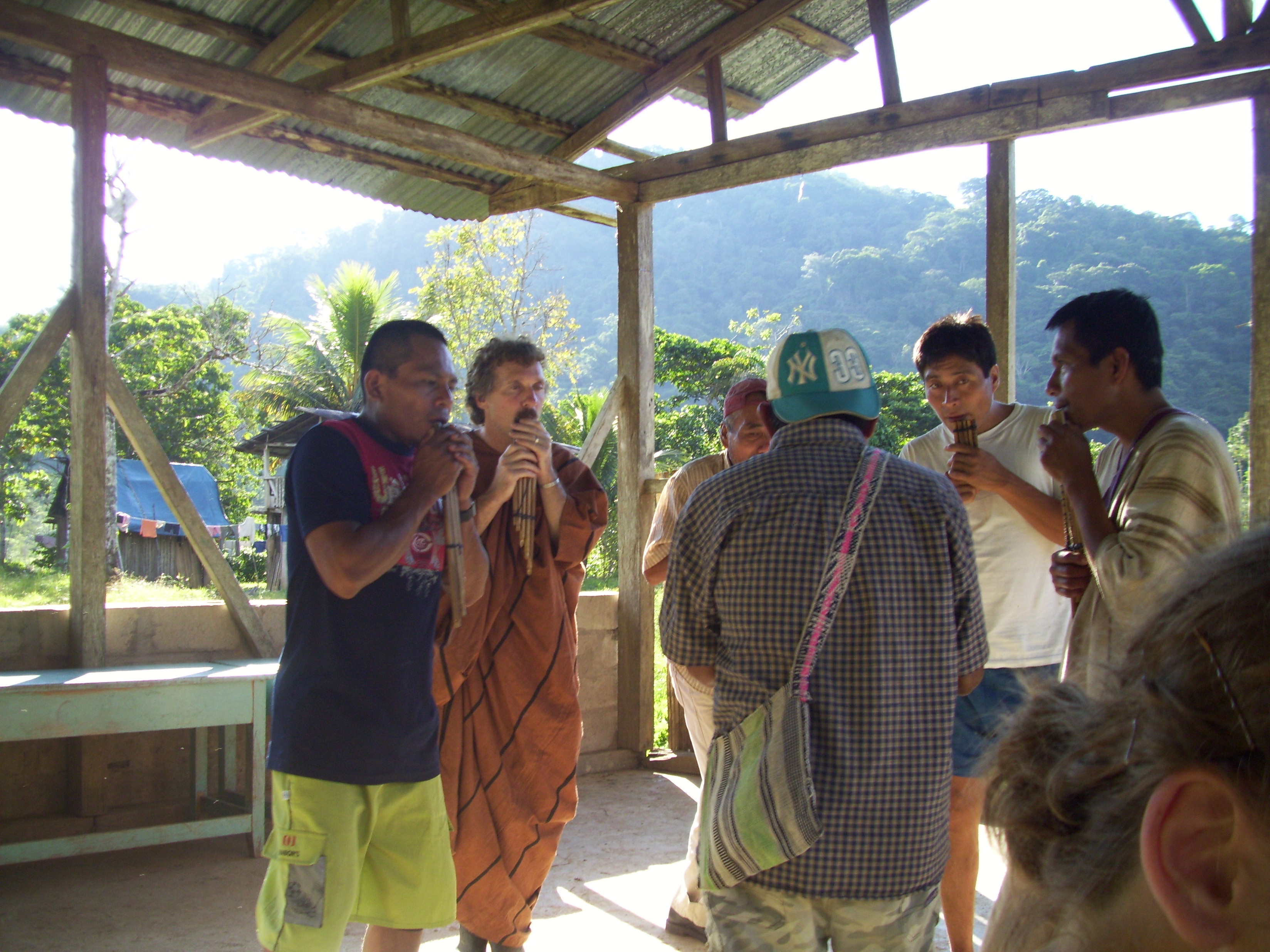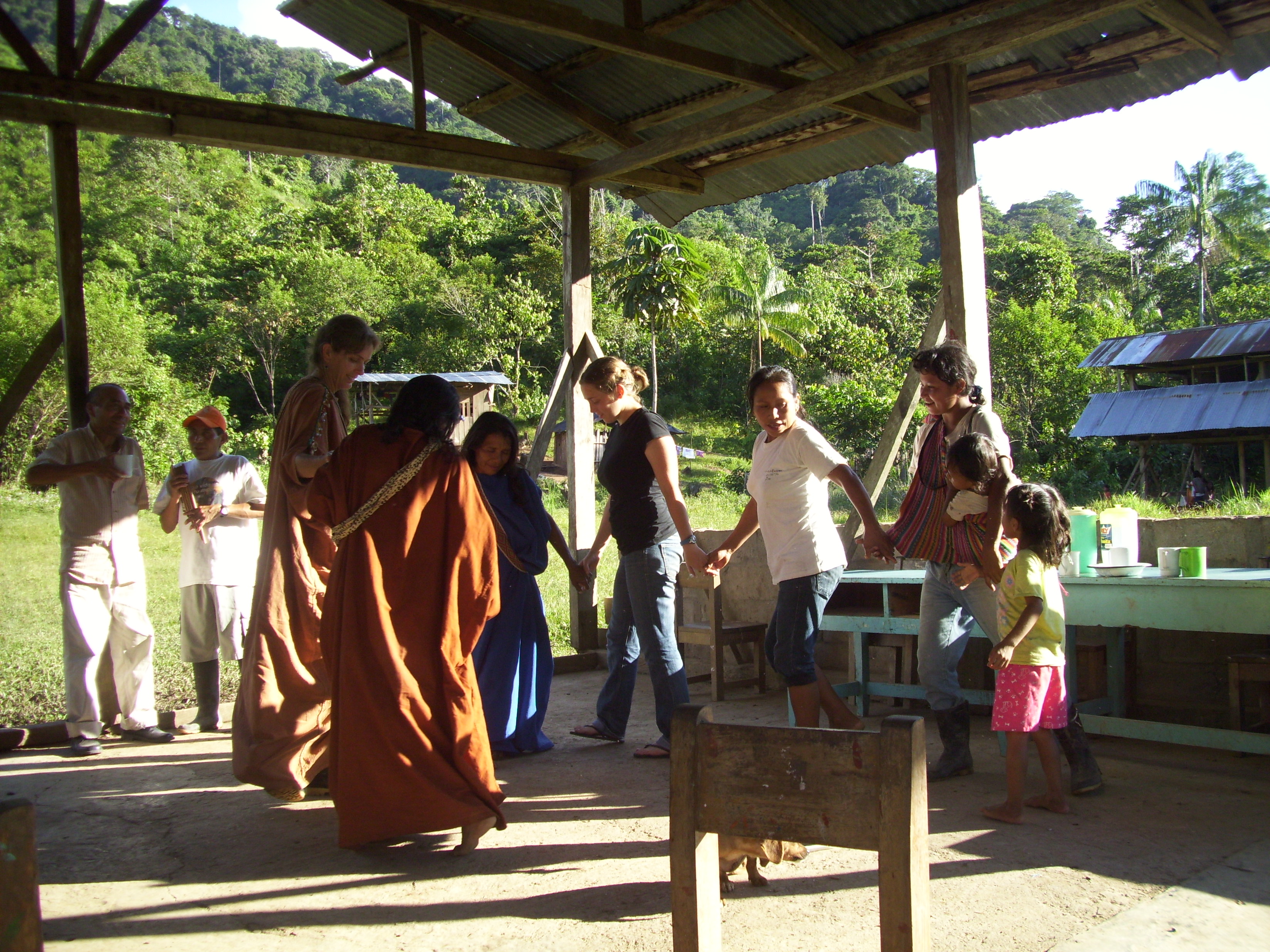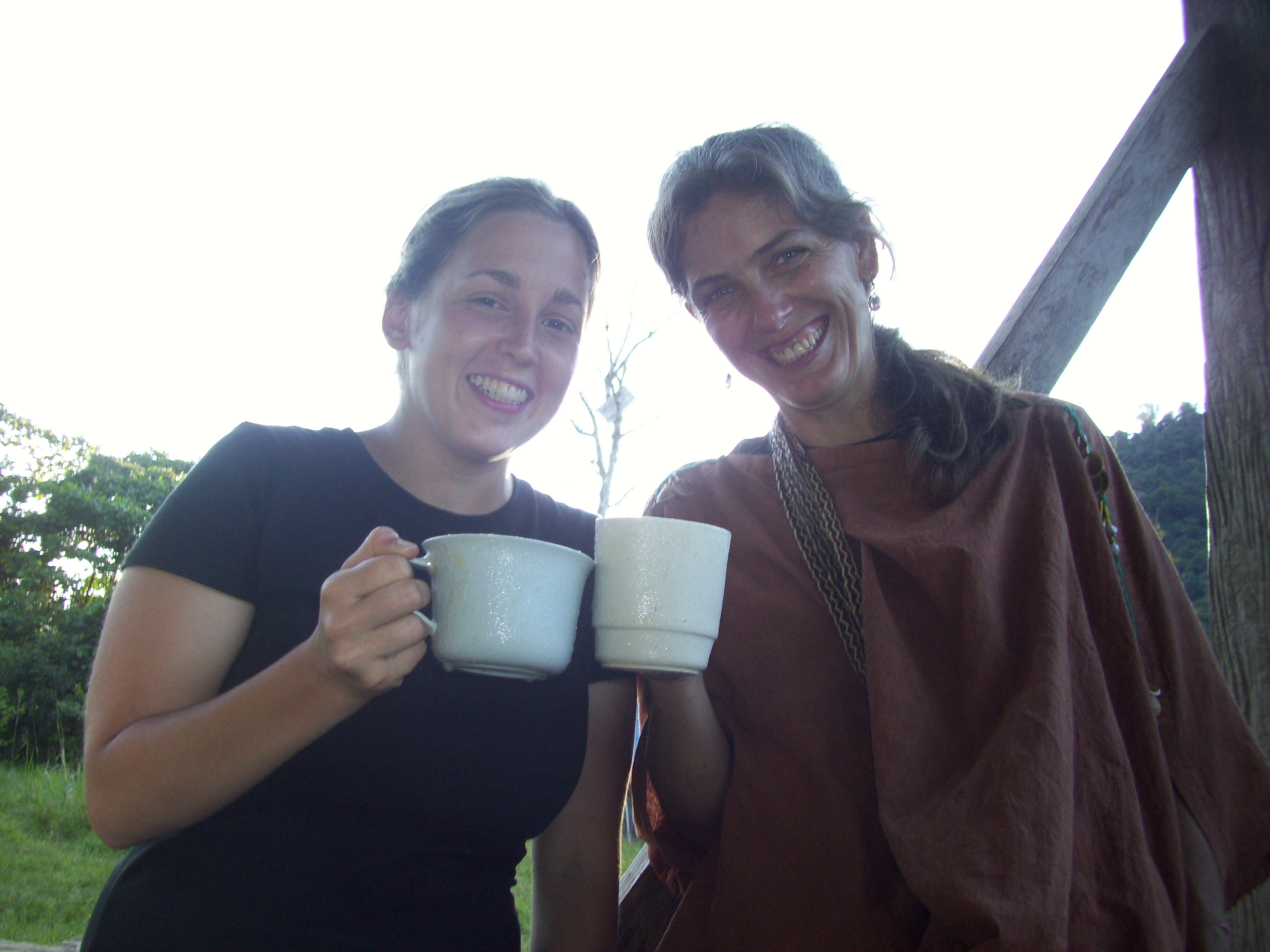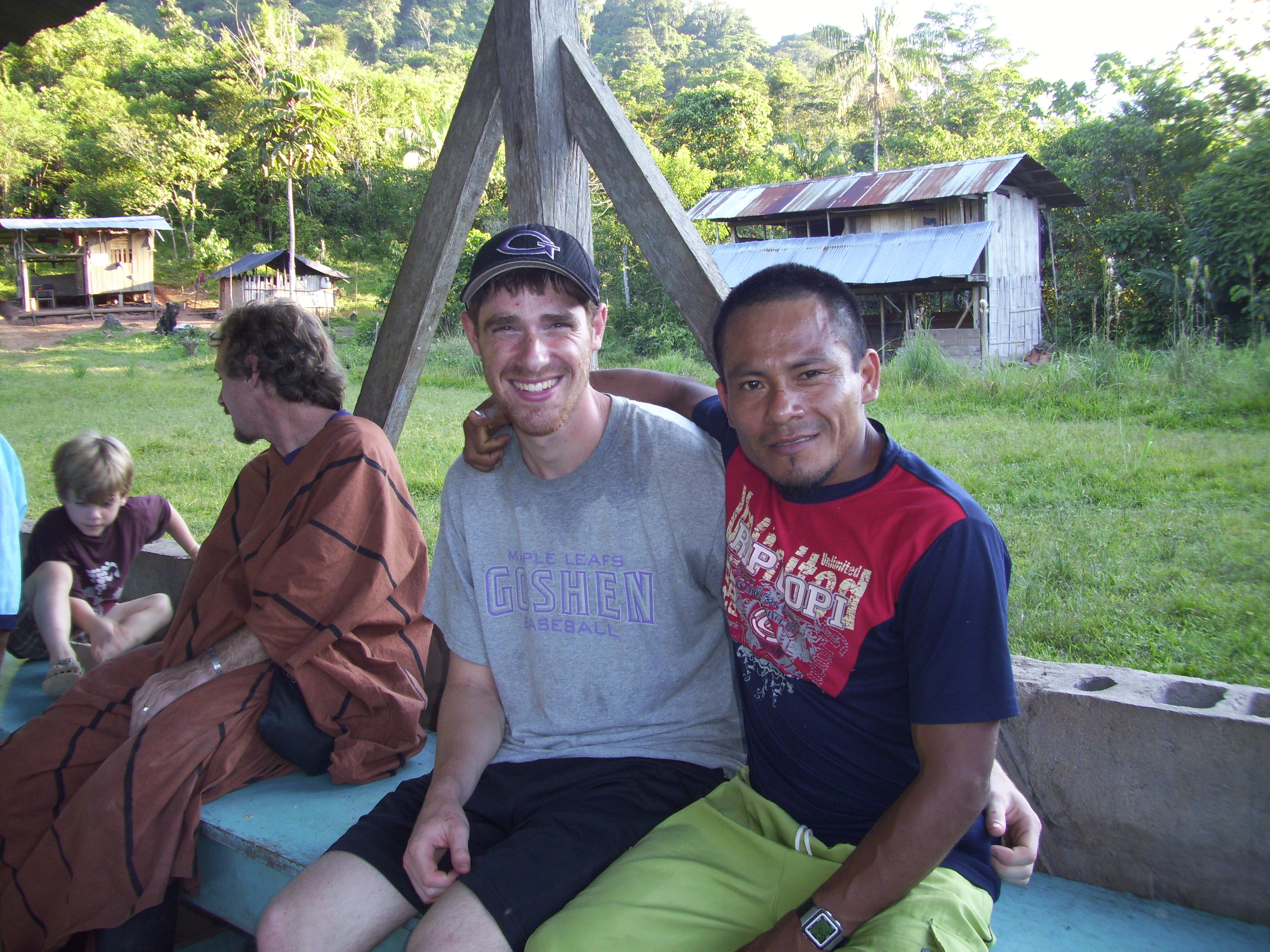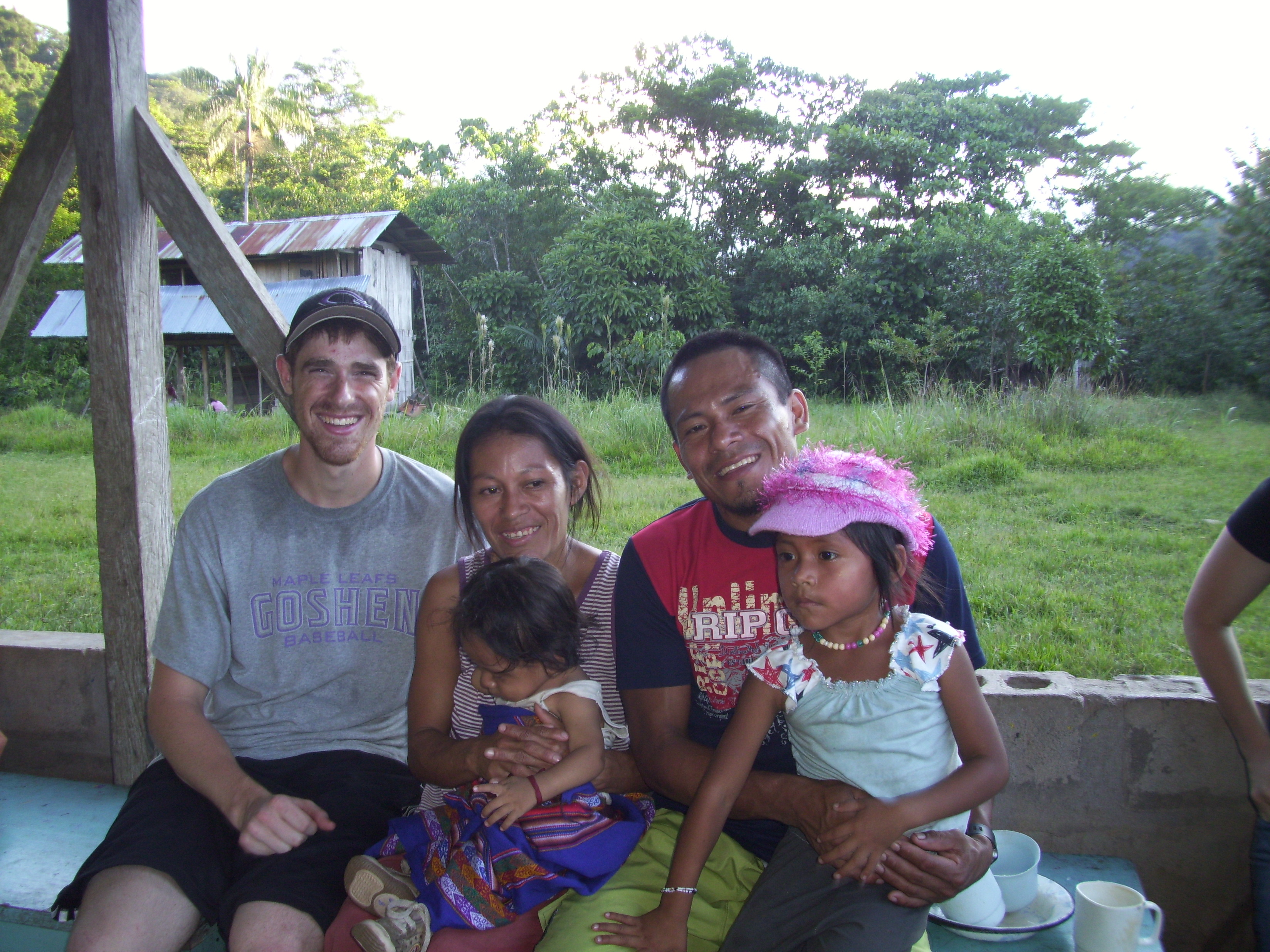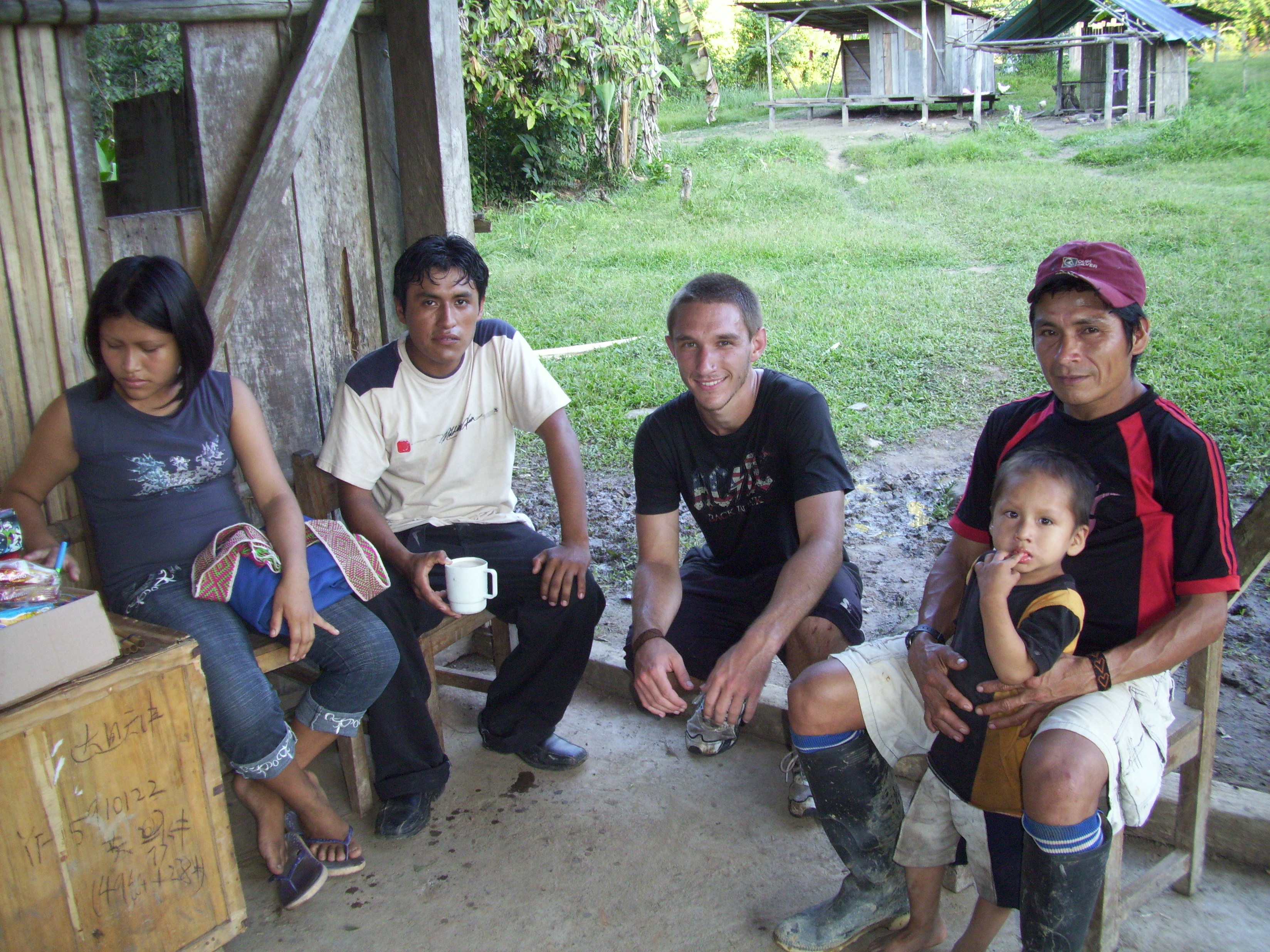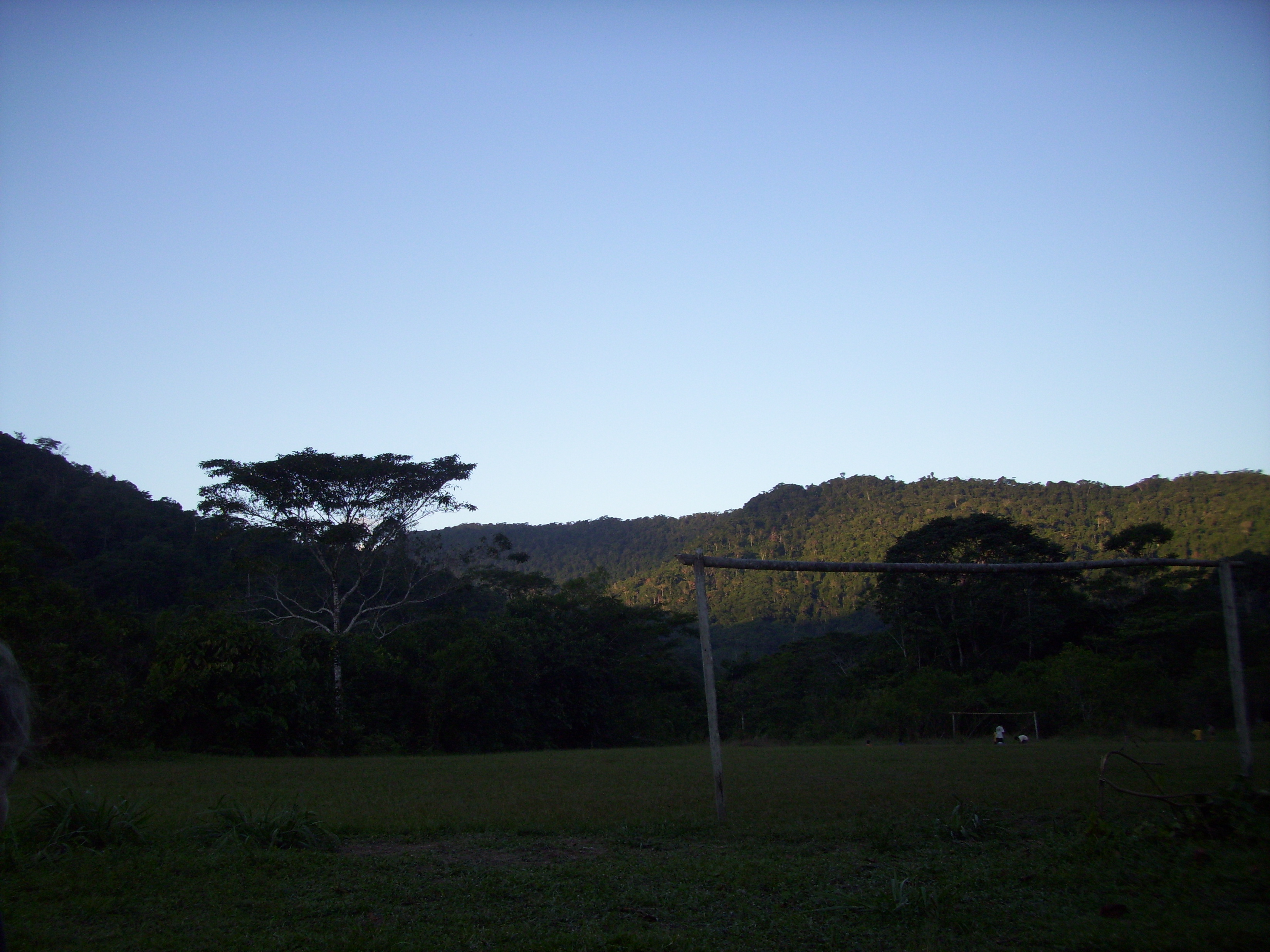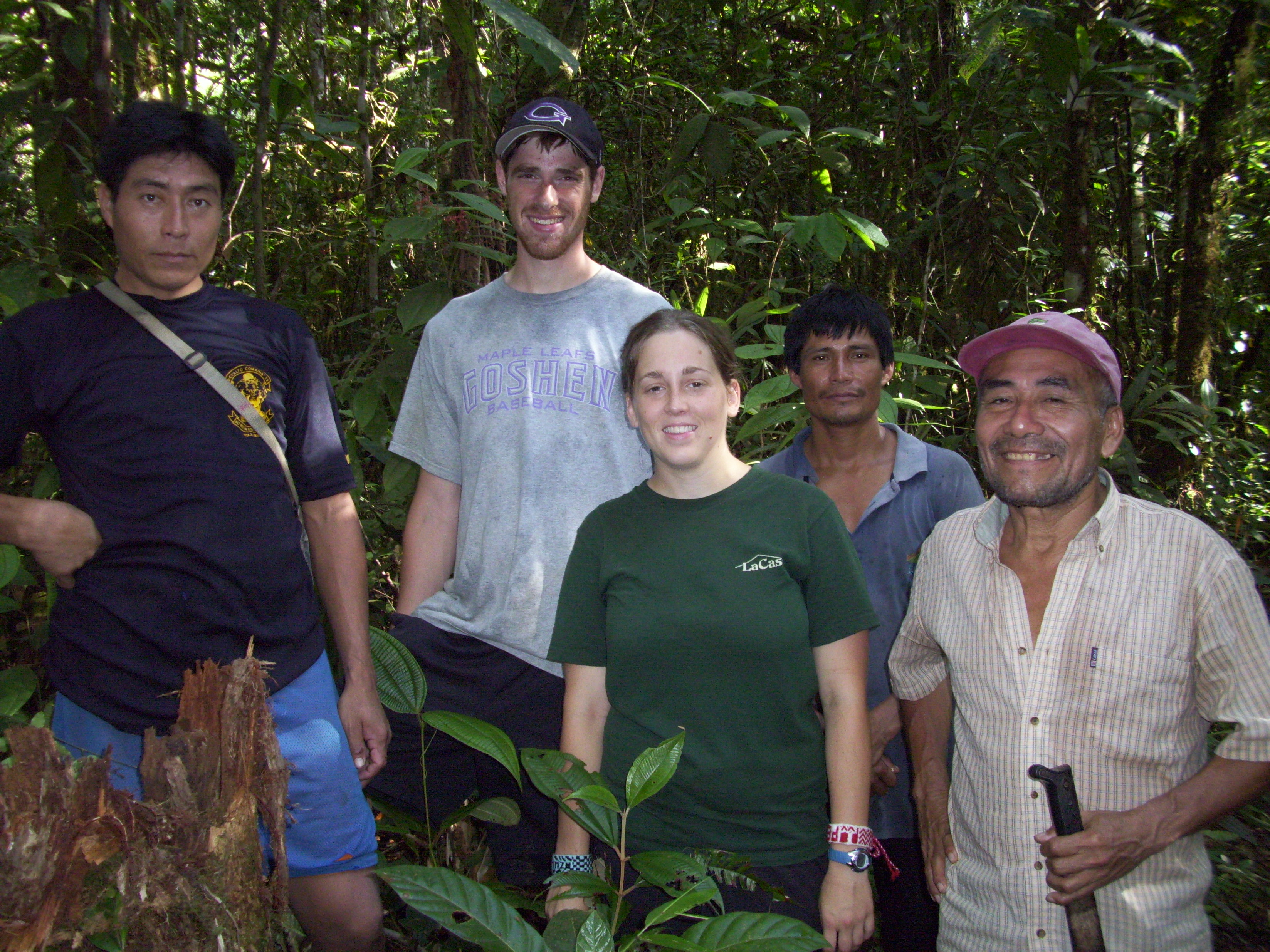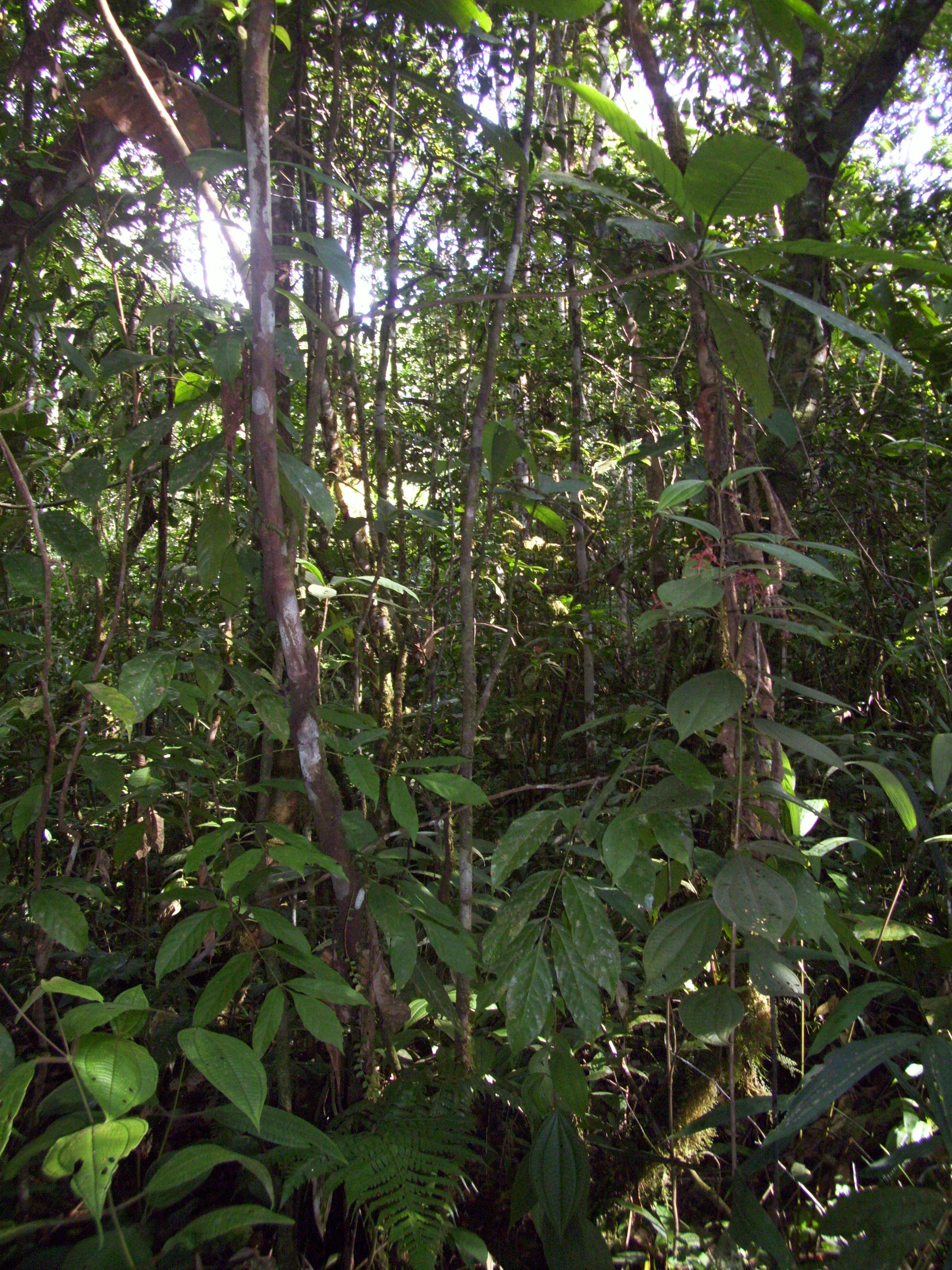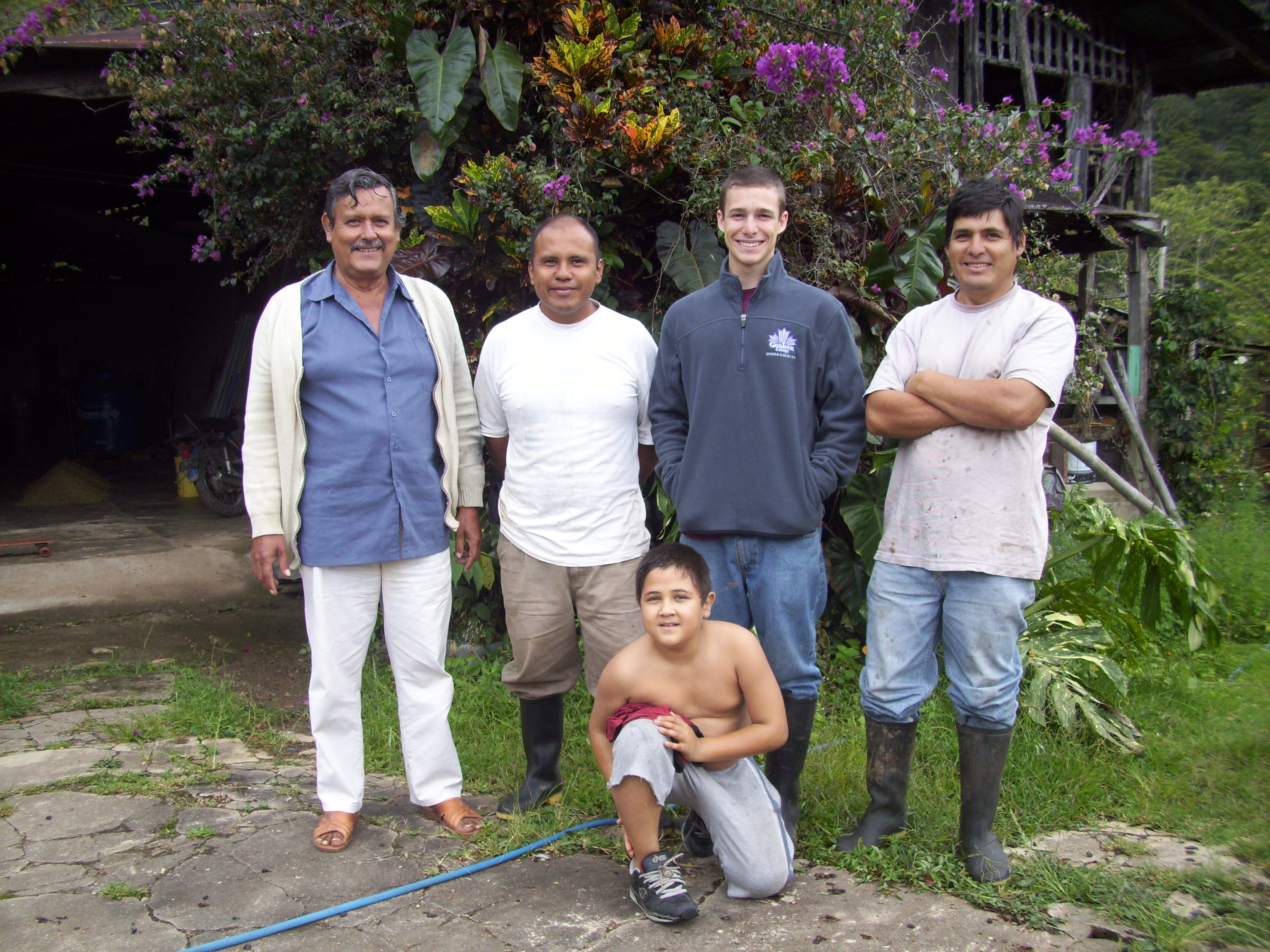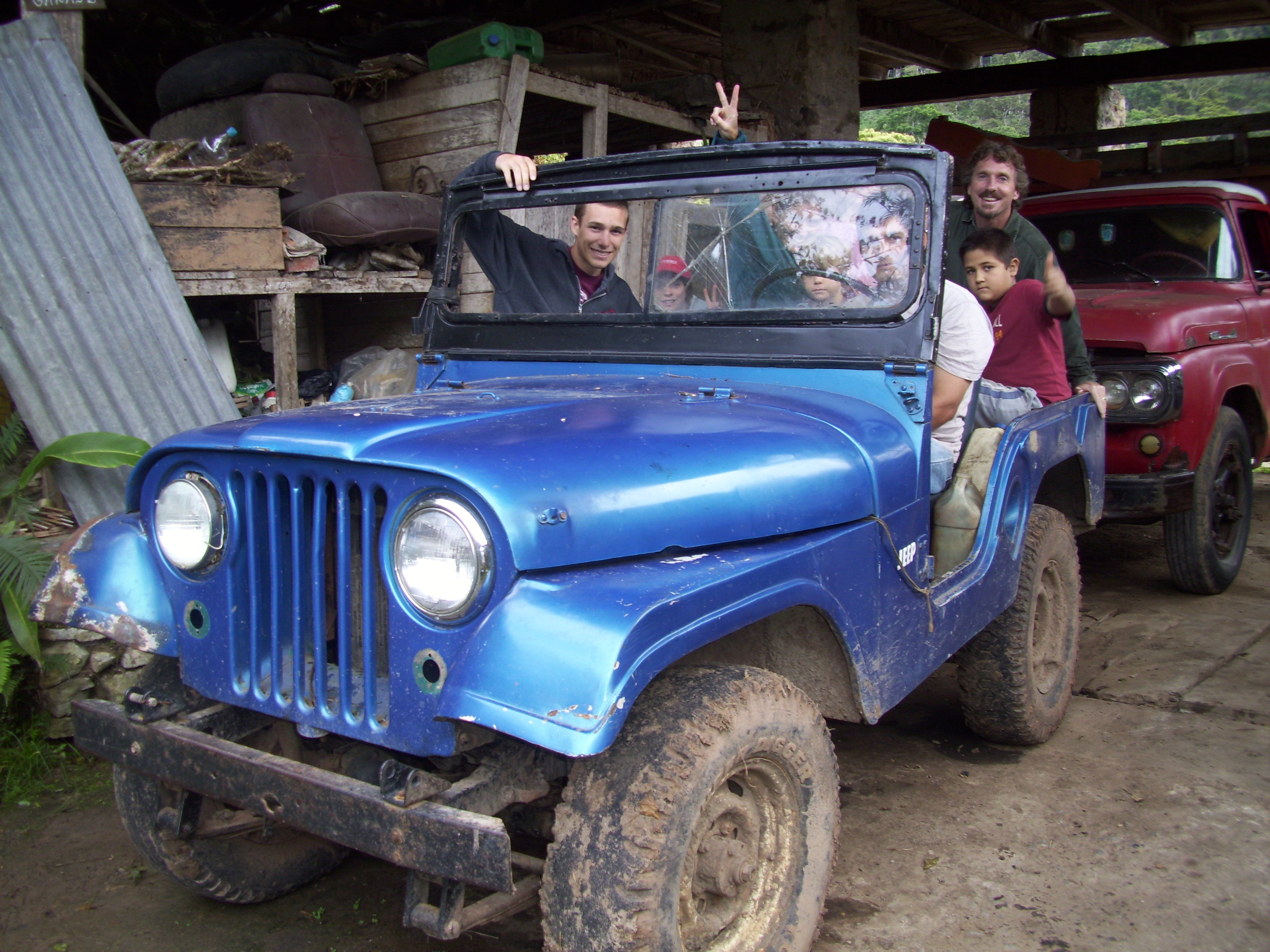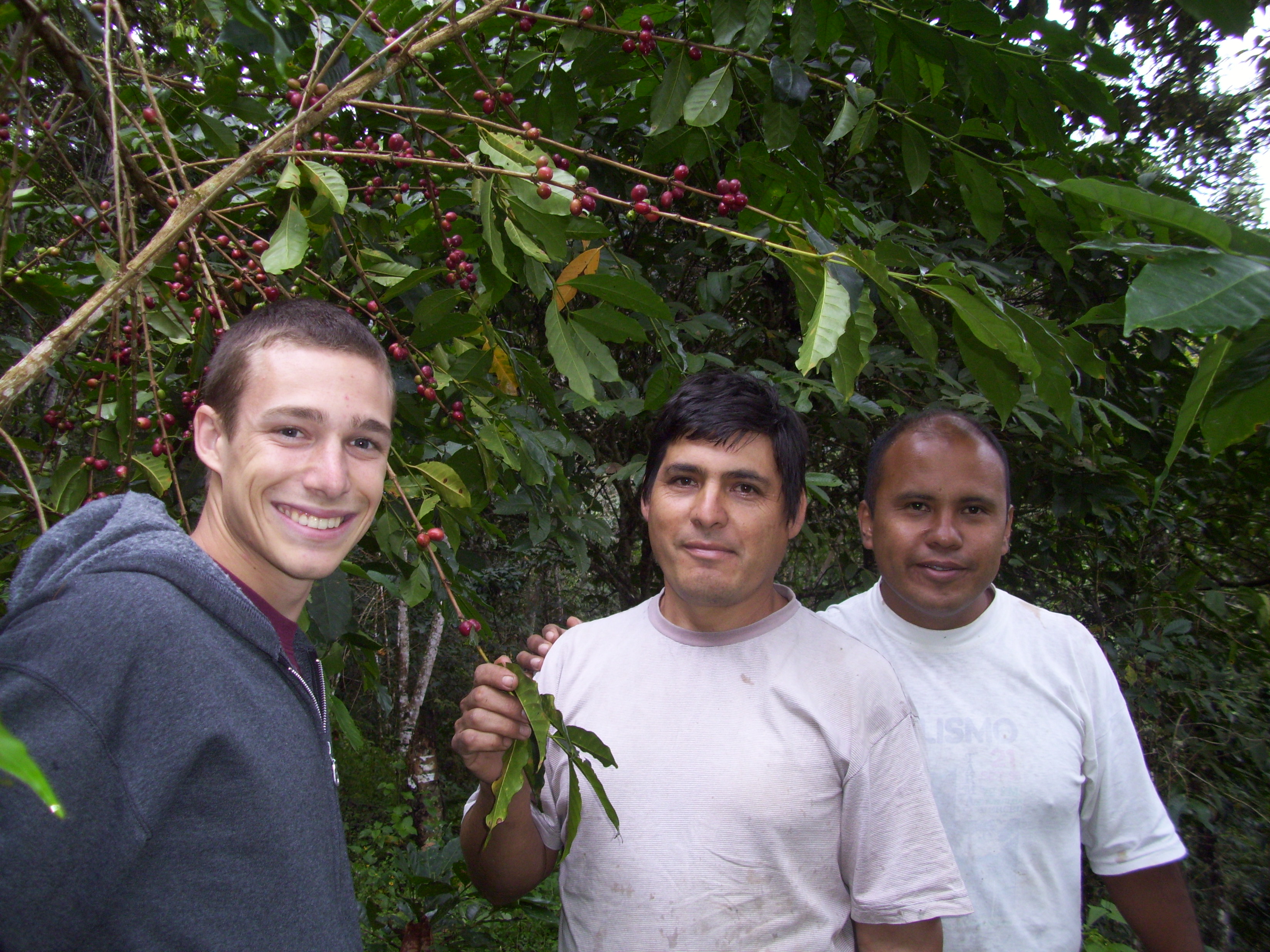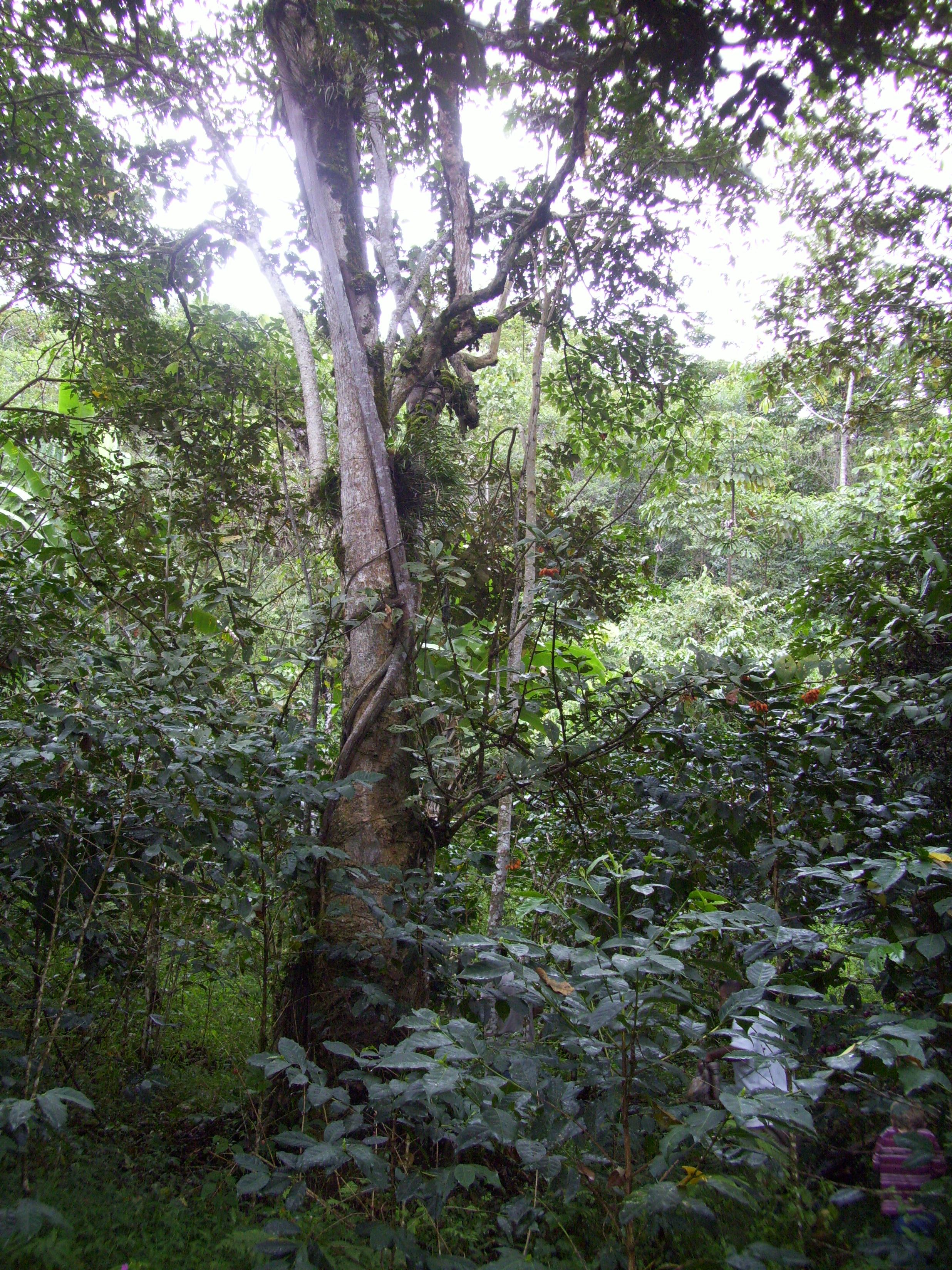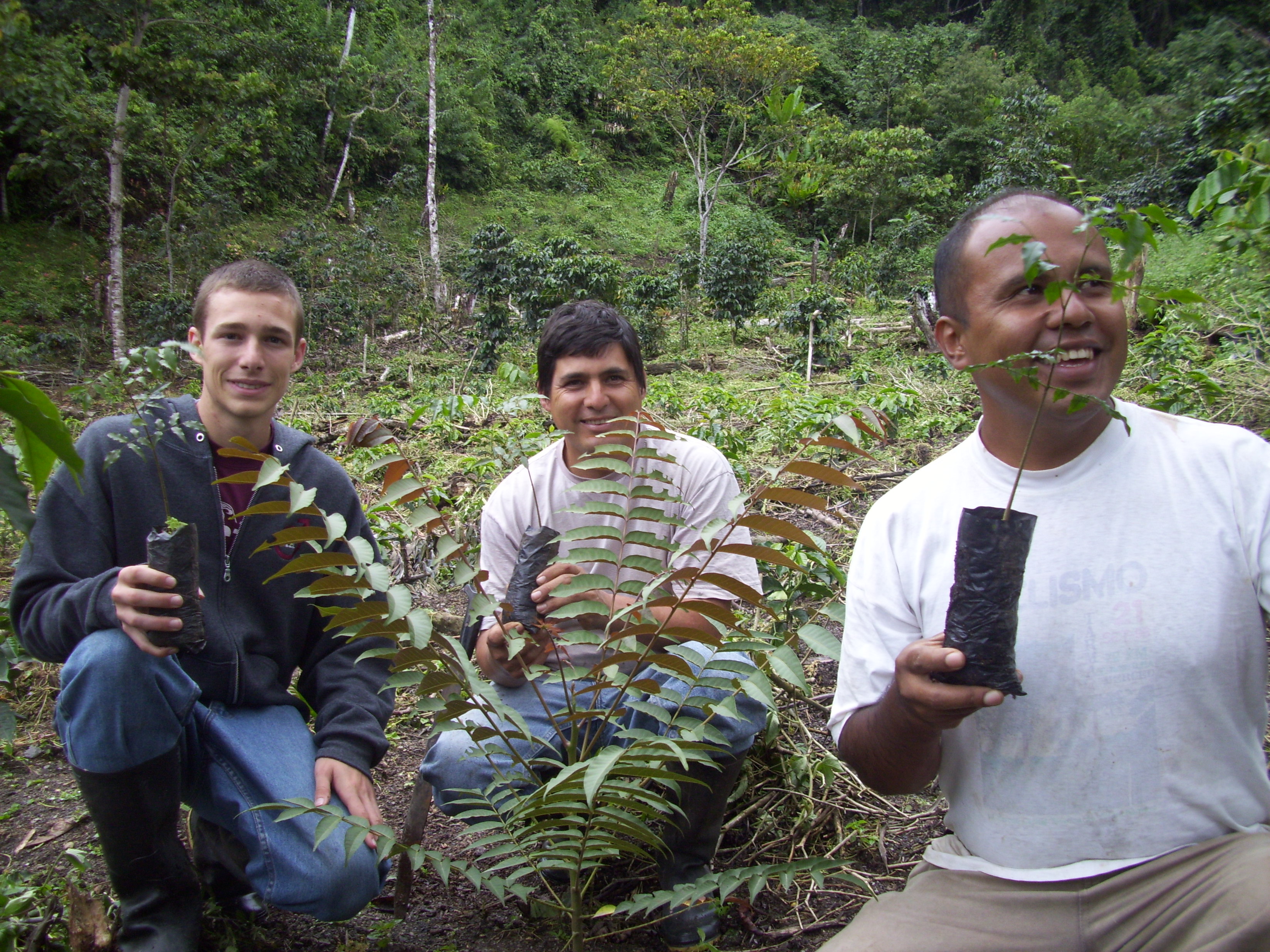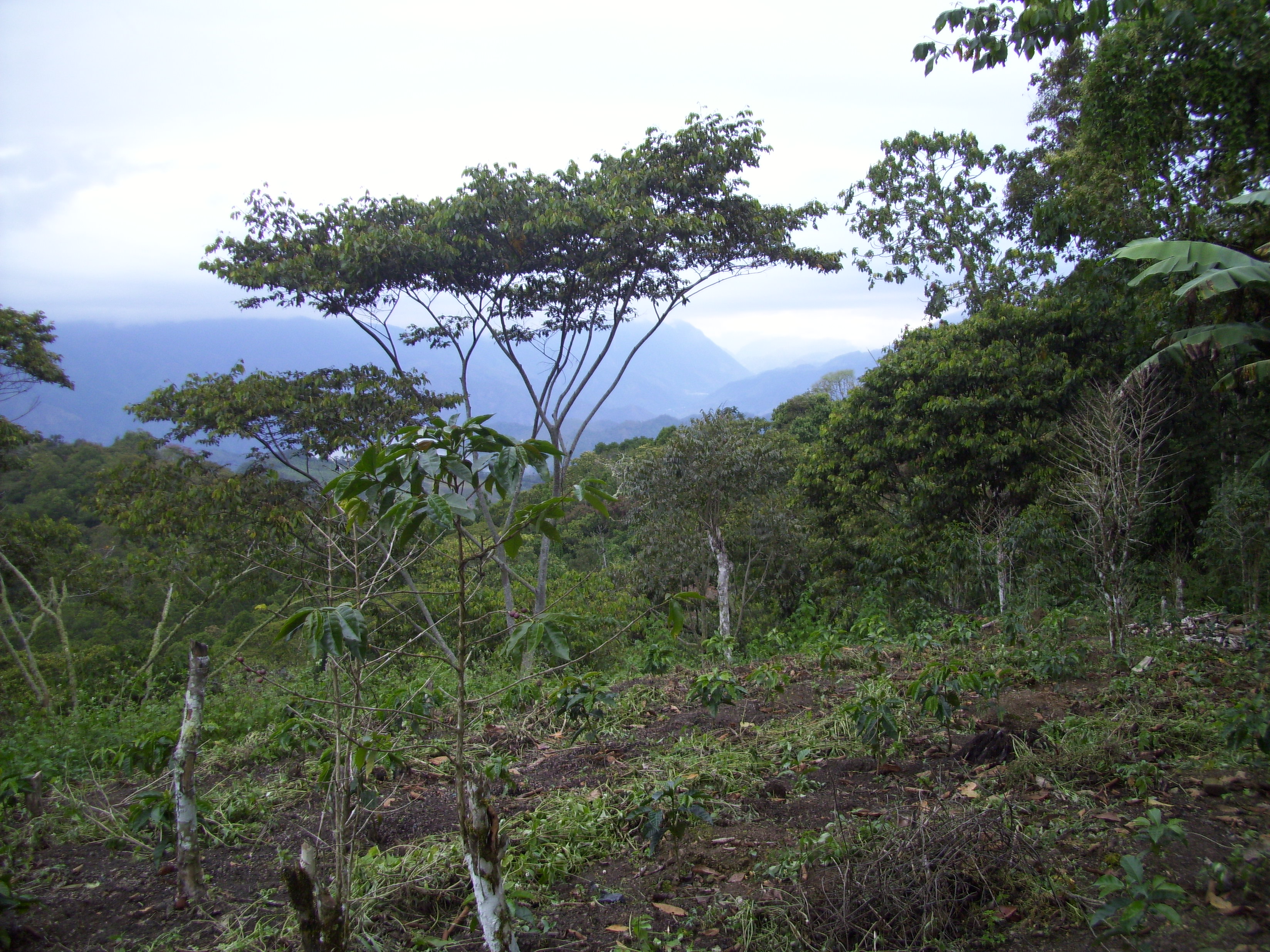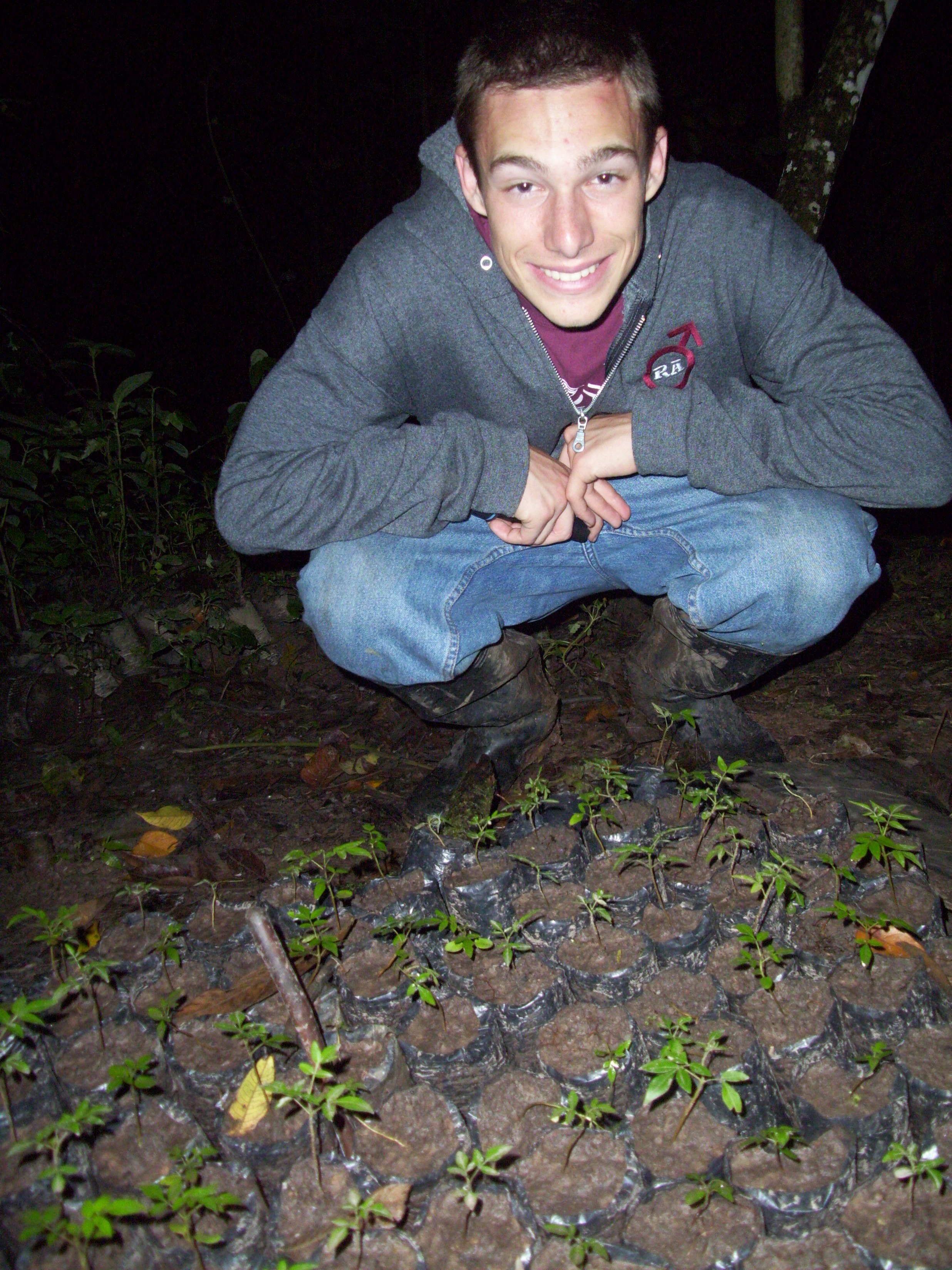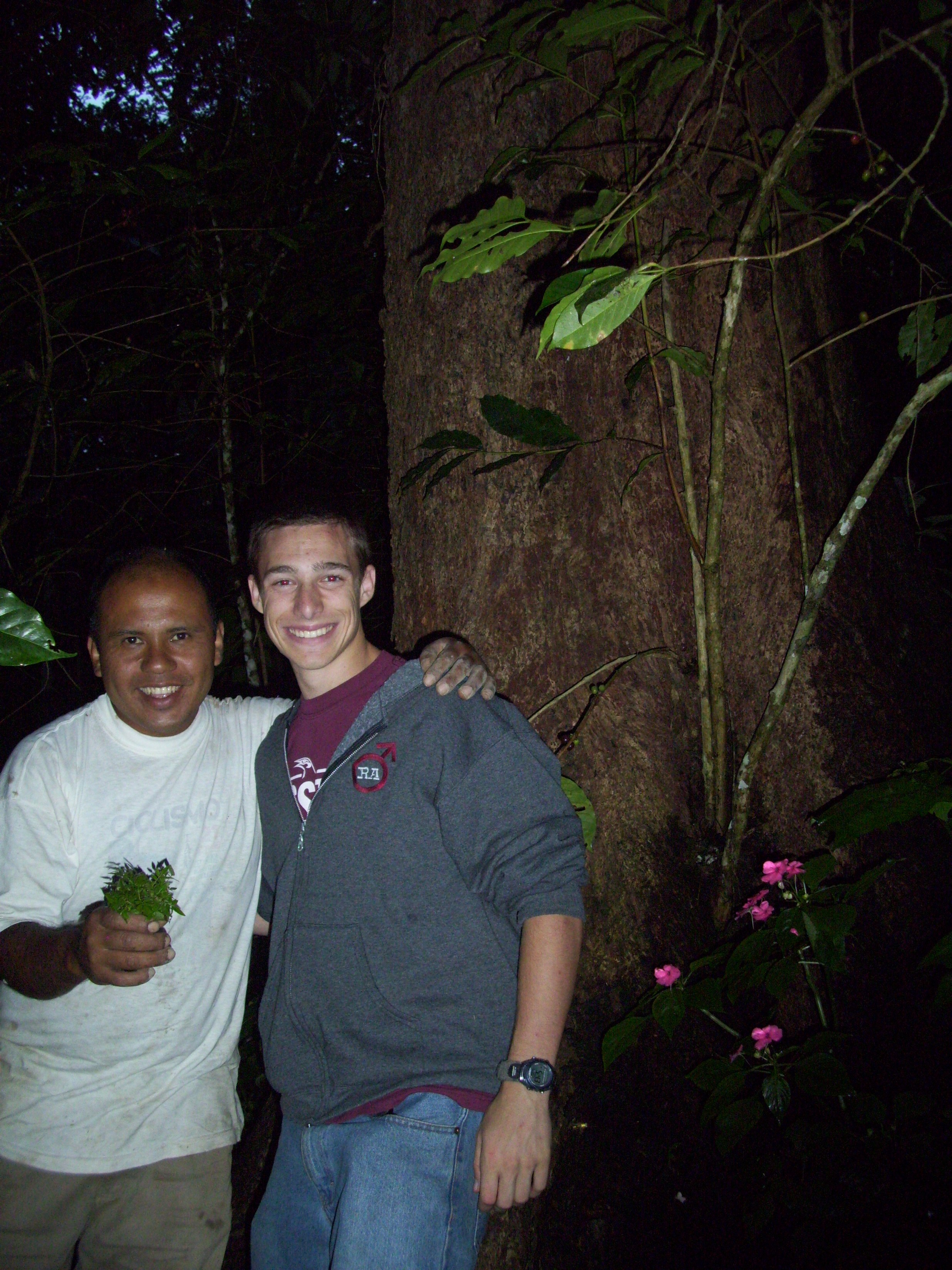Service in the Rain Forest
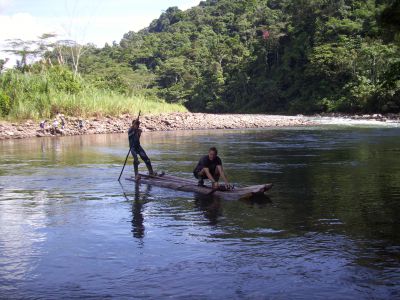
This is peak season for travel to the rain forest — relatively dry and sunny with luscious green everywhere to be seen. Nearly half of our group is serving in the selva this semester, working on assignments both new and old.
INABIF is a day center for children whose parents are too occupied, and often too poor, to feed them lunch and give them the attention they need to succeed at school. Katelyn and Eliza are spending each weekday with primary school aged children, assisting them with their homework assignments and serving as a positive role model. San Manuelito Special School is just down the street, an education center dedicated to children with developmental disabilities. Ashley assists the teachers in a room full of adorable 2 and 3-year olds while Allison lends a helping hand with older children who are learning practical skills to help them contribute to their communities.
Chanchamayo Highland Products is a fair trade coffee and fruit company which produces certified-organic products for export to Europe. John and Meg spend each day doing a variety of tasks, from sorting coffee beans destined to be dipped in chocolate to teaching English to the children of local farmers. Up the hill from Highland Products is Fundo Almerique, a coffee farm operated for several generations by descendants of Italian immigrants. Rick divides his time between helping to bring in the harvest and assisting with a reforestation project started last year to help bring back the native trees needed to shade the coffee plants and restore the watershed.
Azulis is a native Yanesha community located deeper in the rain forest. Mandy and David are working with members of the Yanesha Ethnobotanical Insitute to help identify medicinal plants growing in the protected forest nearby. Ryan teaches English to children at the elementary school and spends many an hour on the soccer field afterward. All three are enjoying a rare chance to slow their pace to match the rhythms of village life in a community that is trying to develop sources of income for its inhabitants without destroying the traditions or the forest that have sustained this ethnic group for generations.
